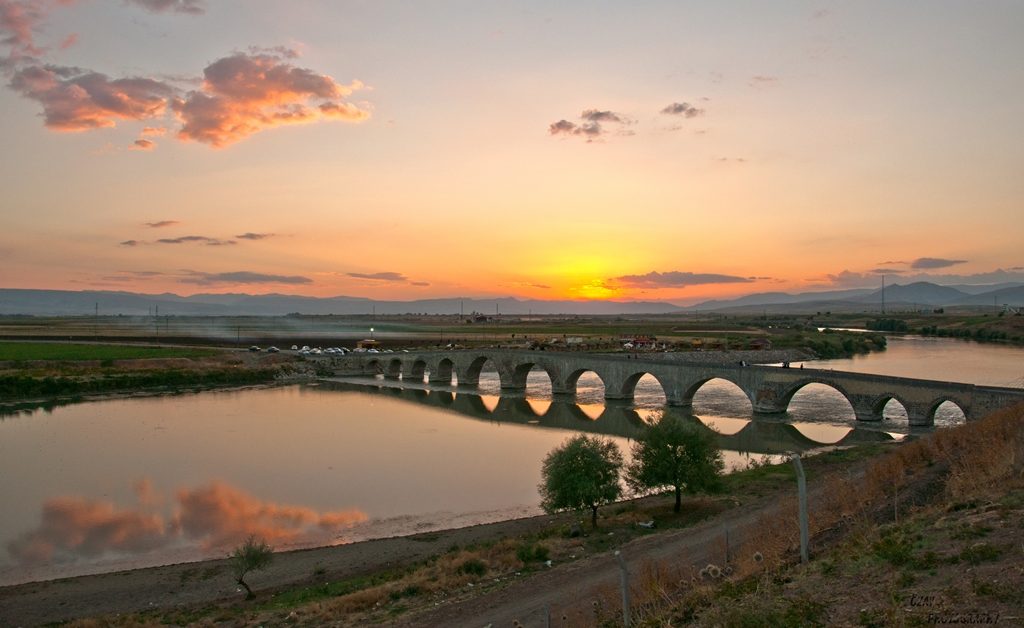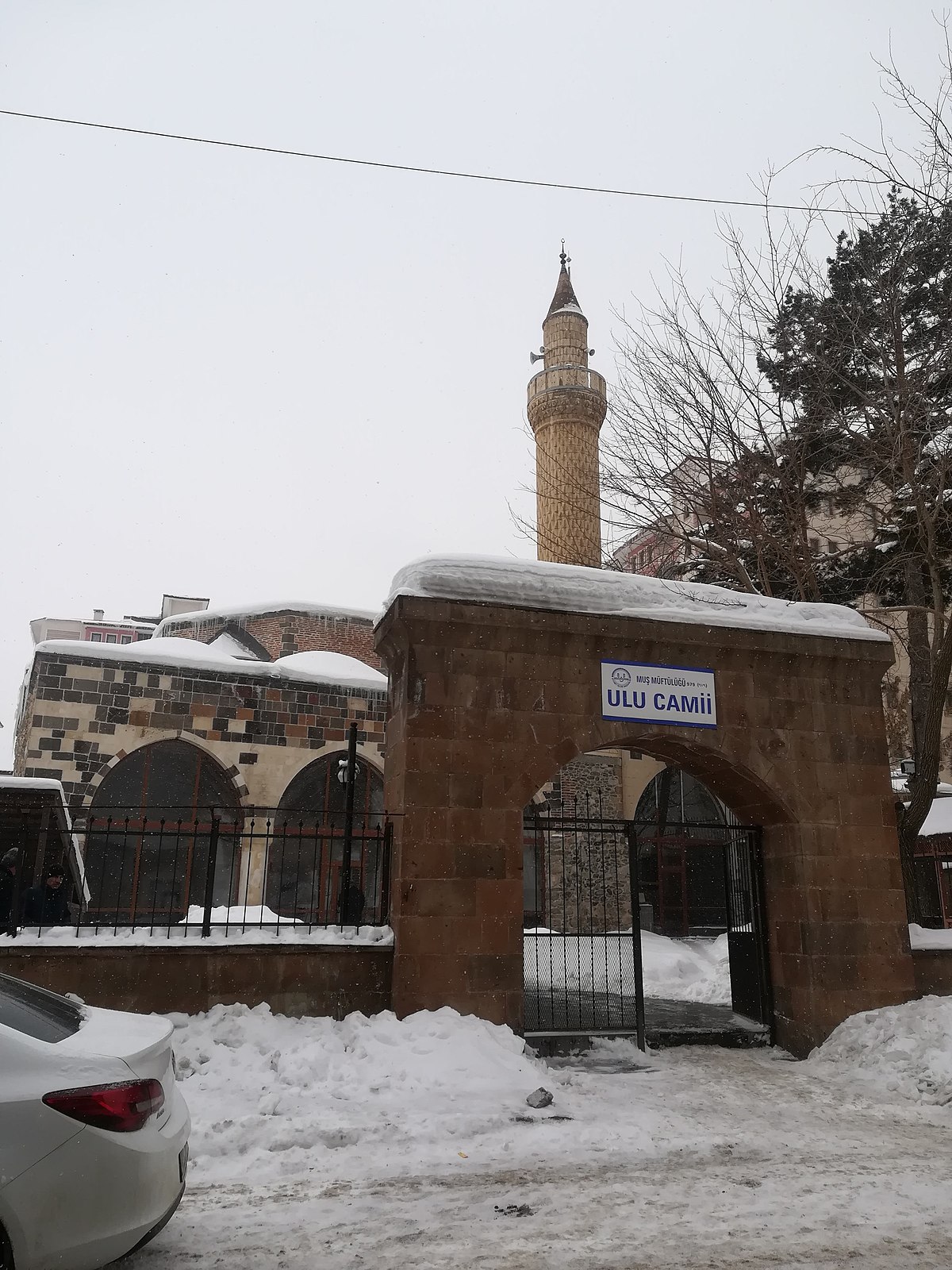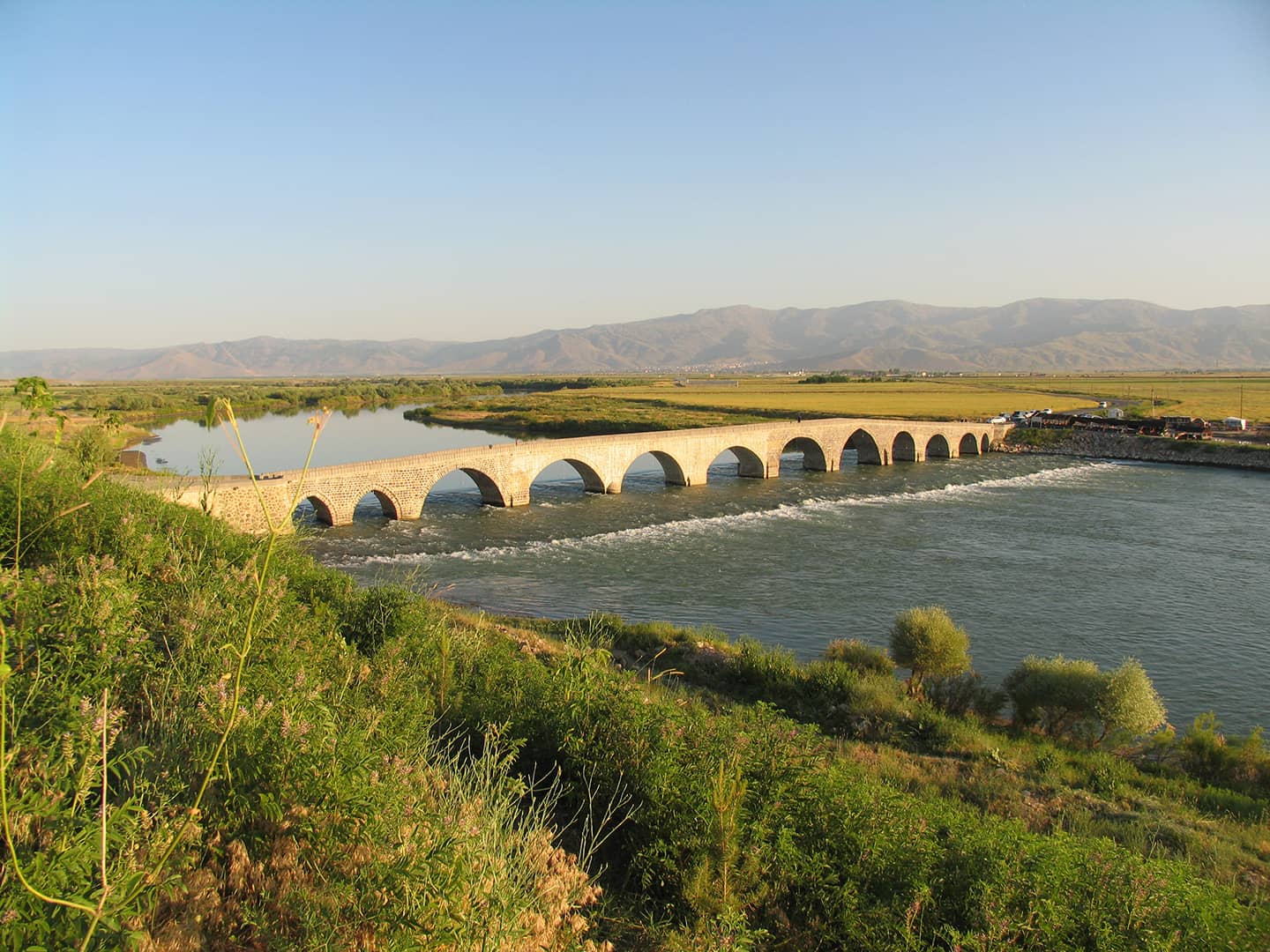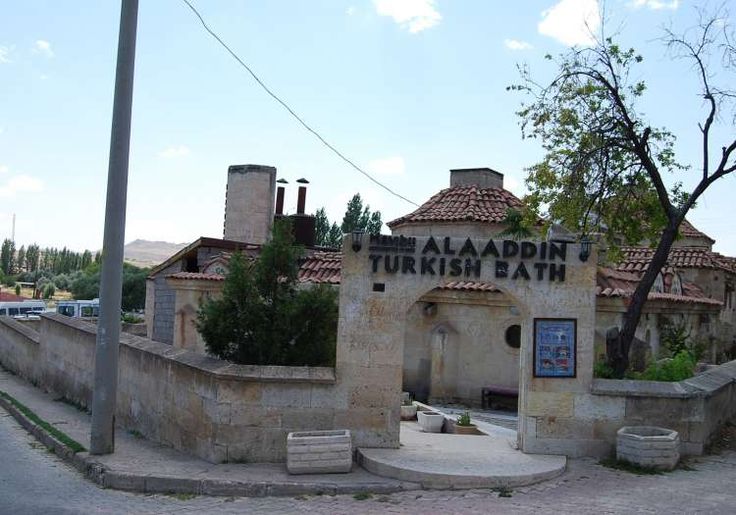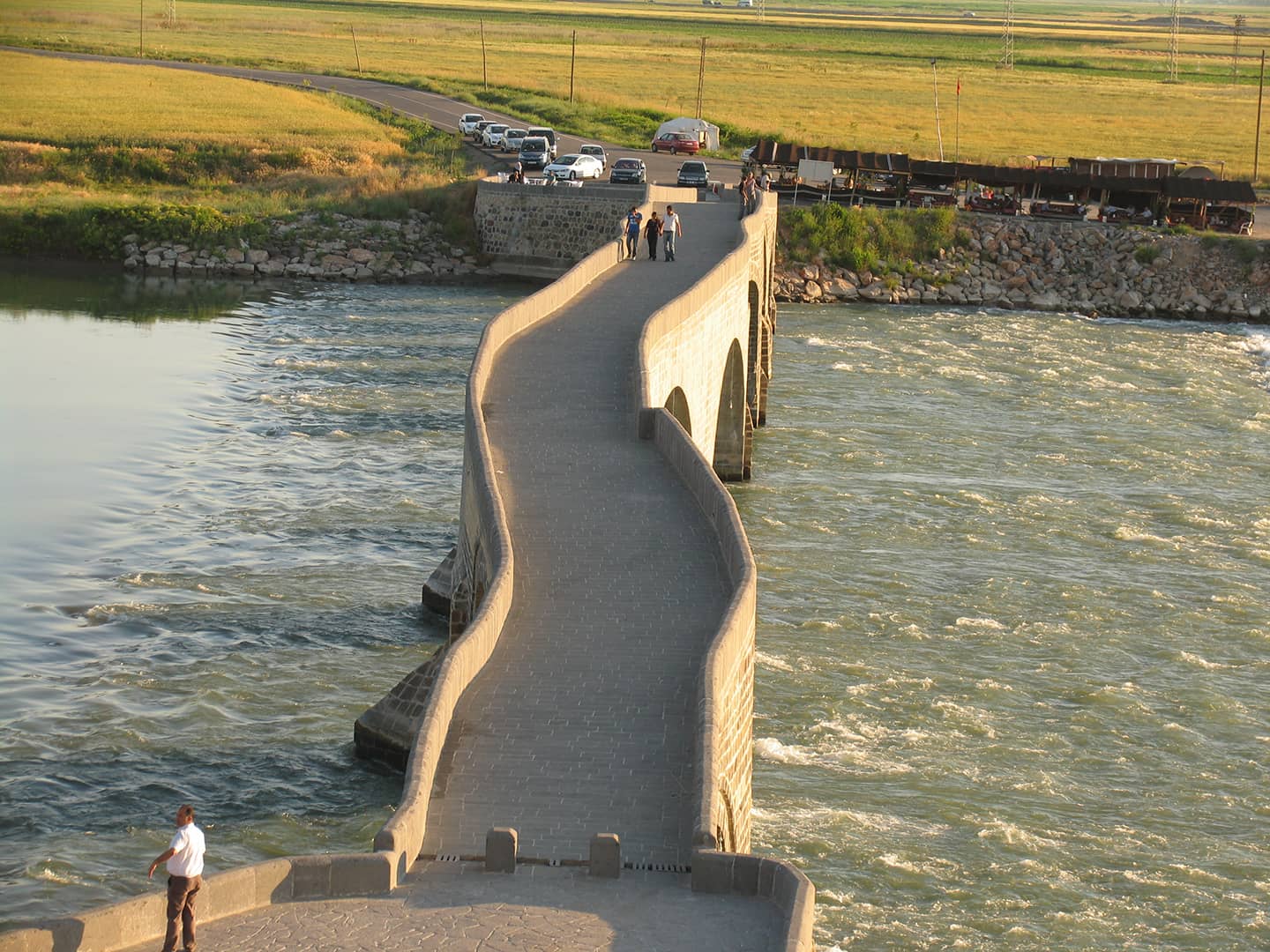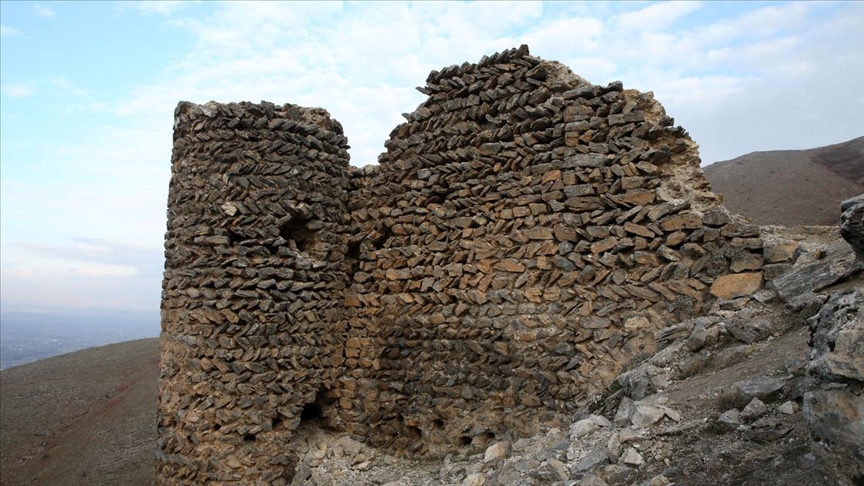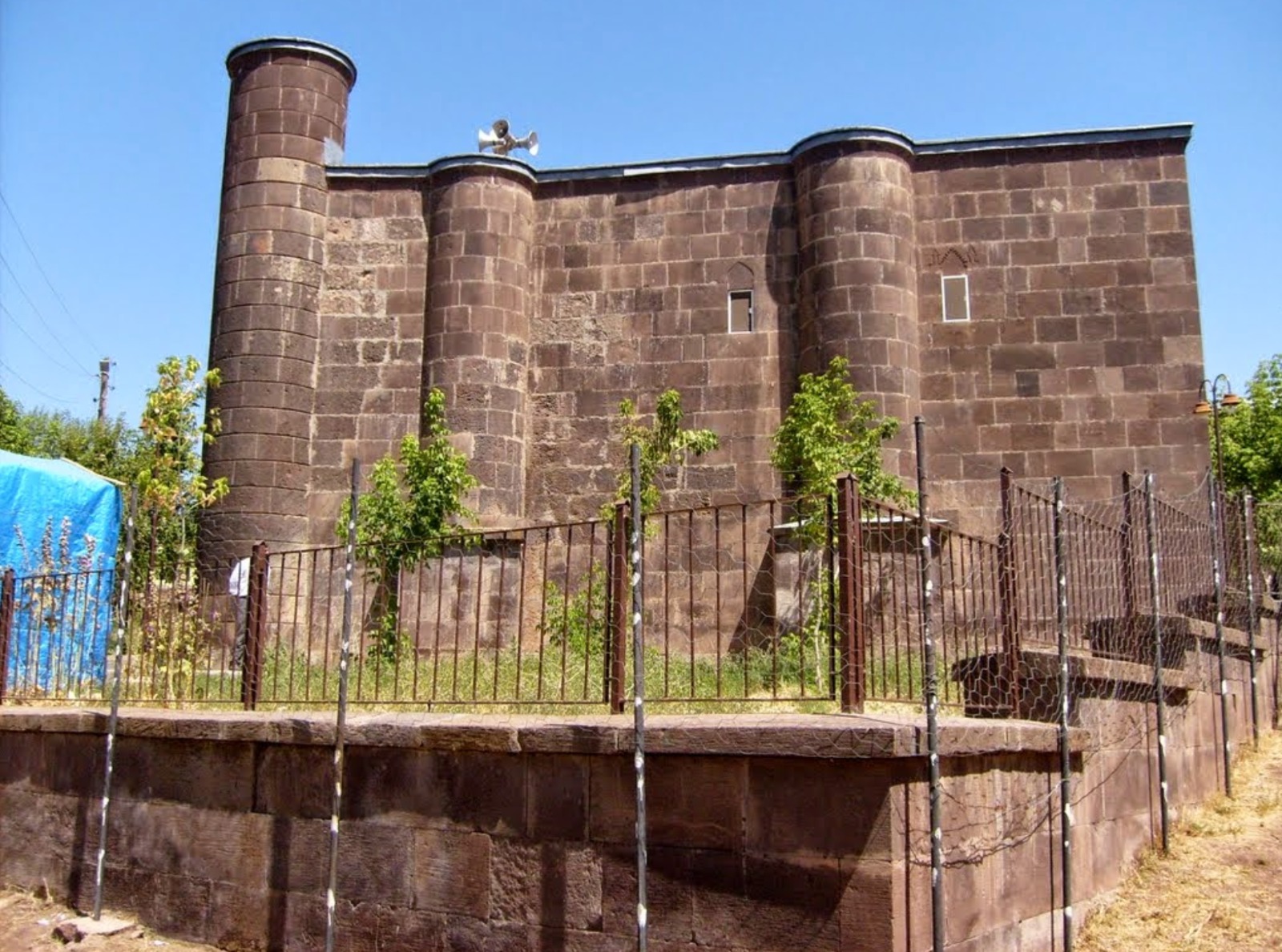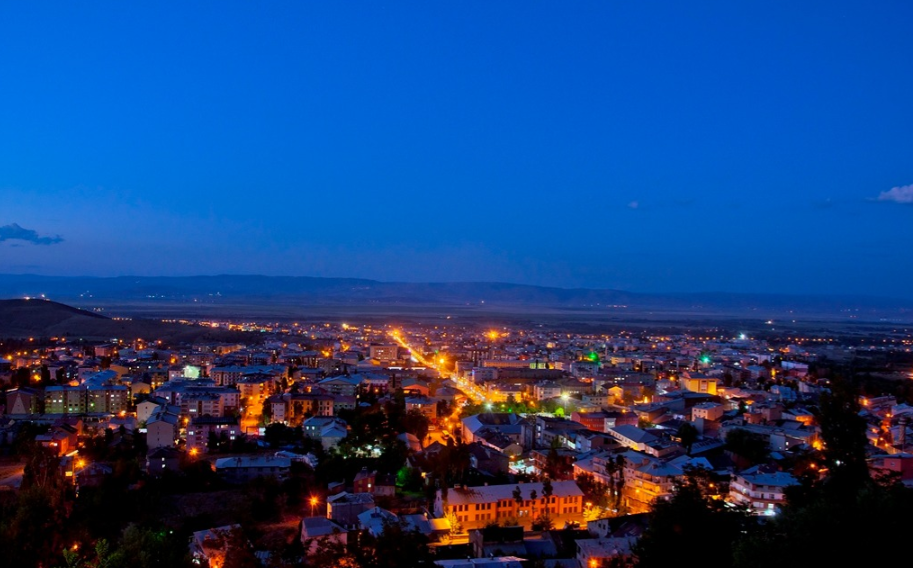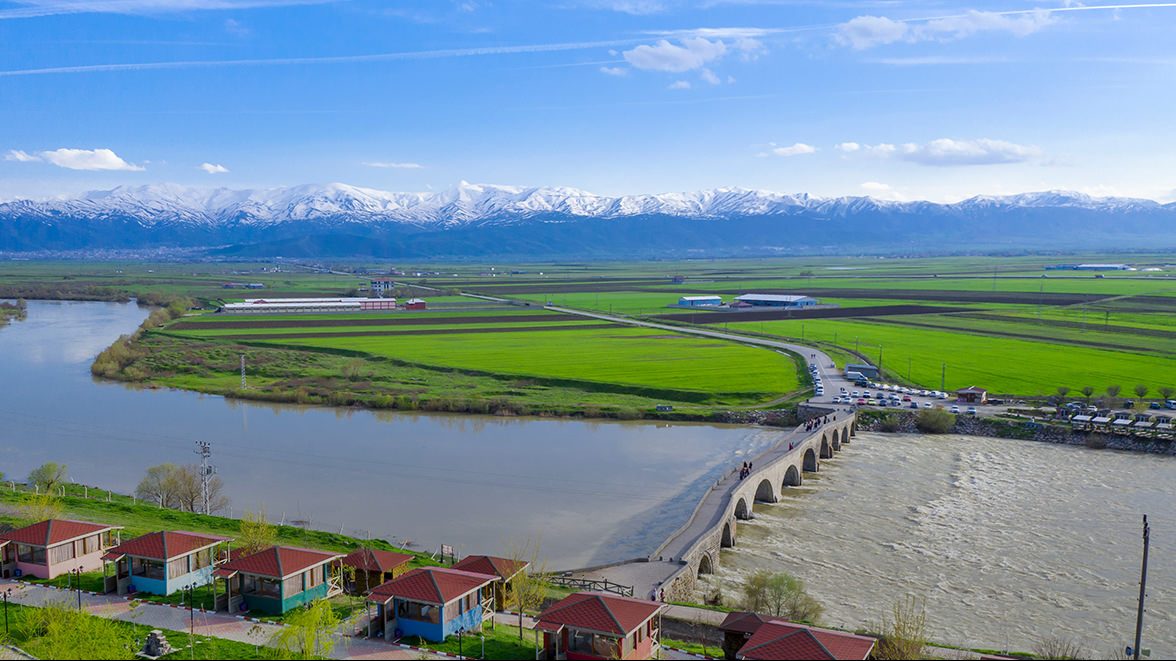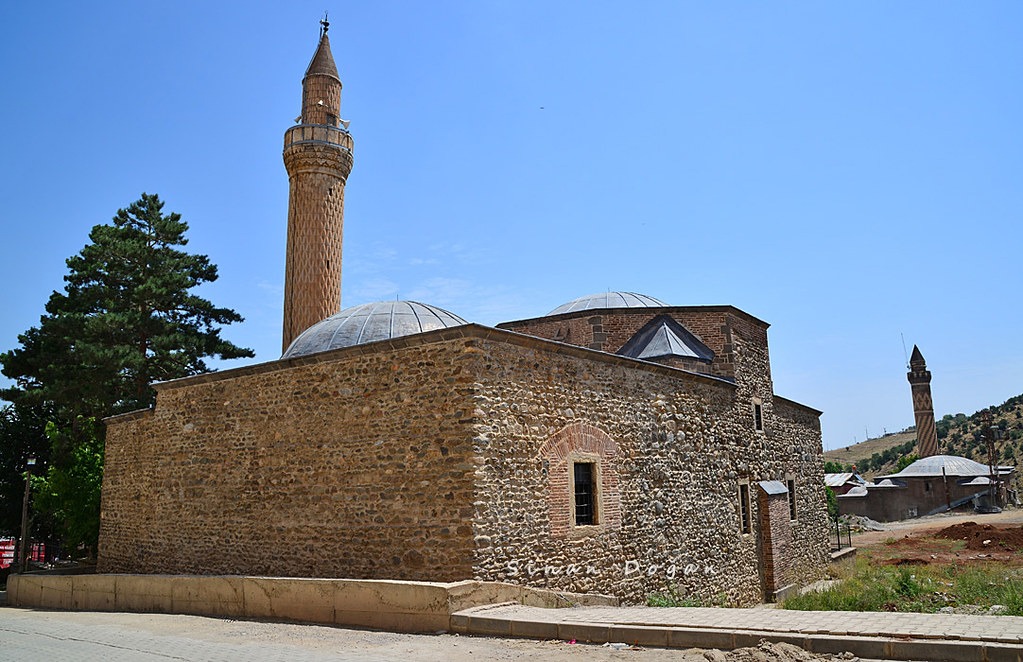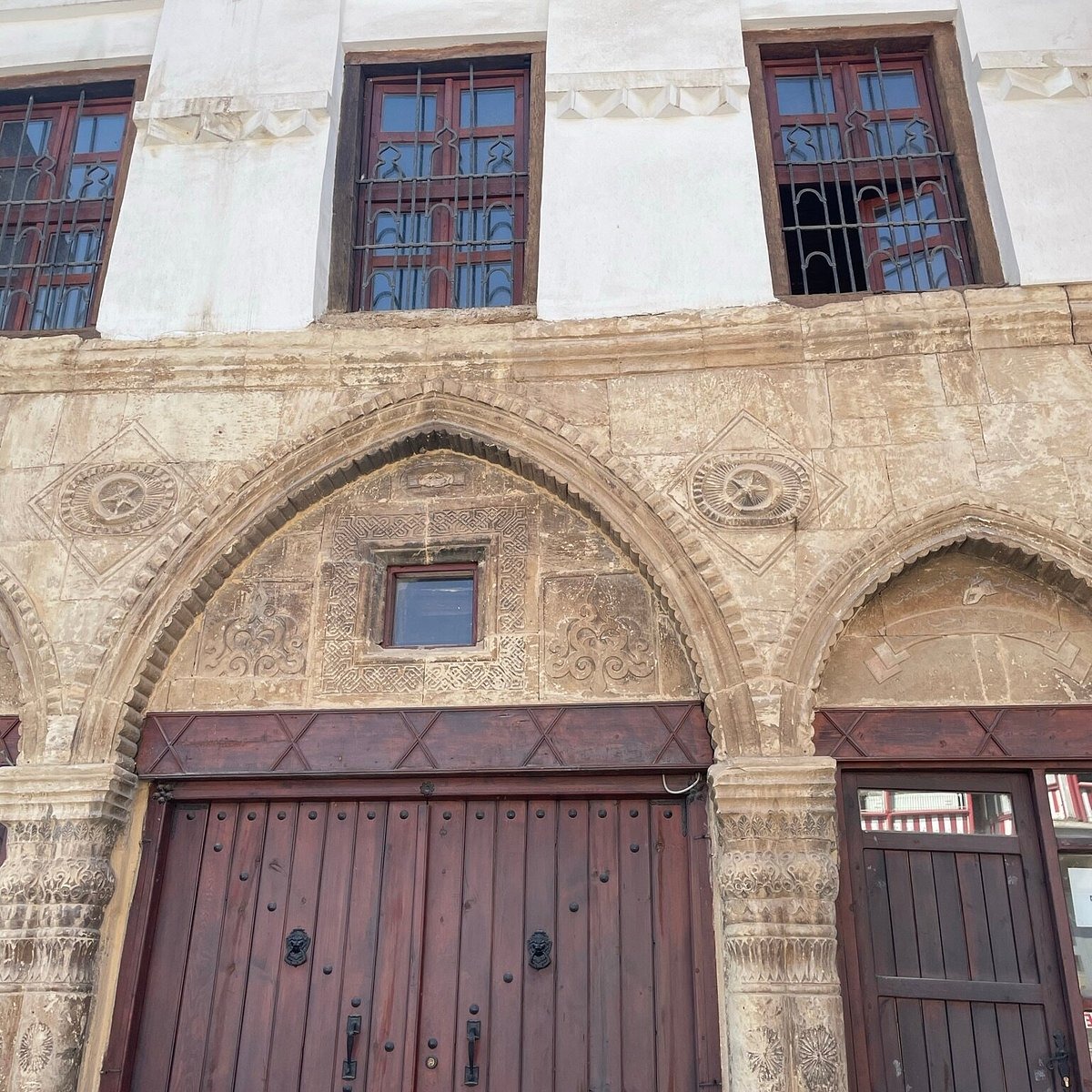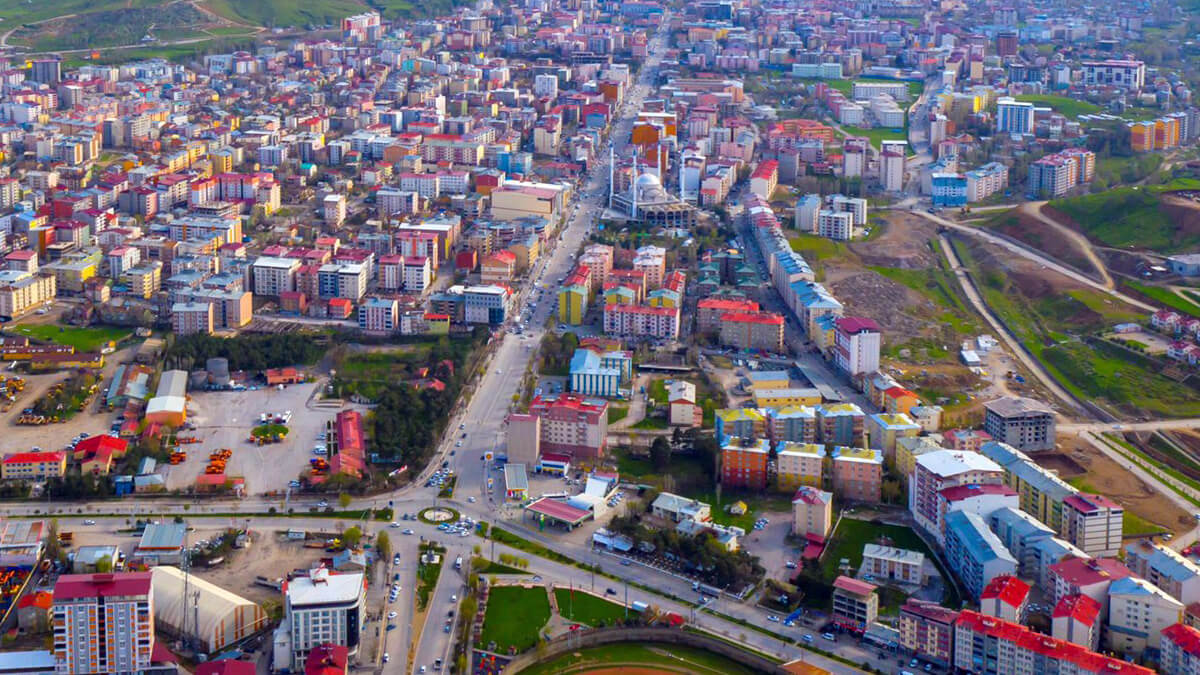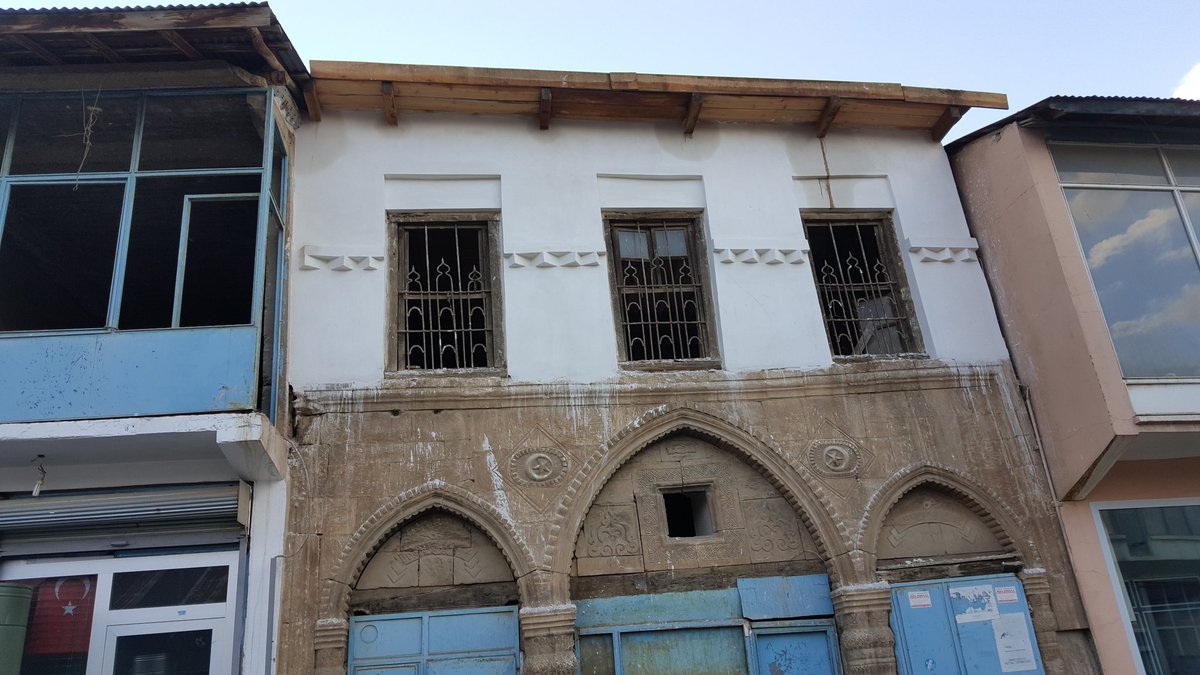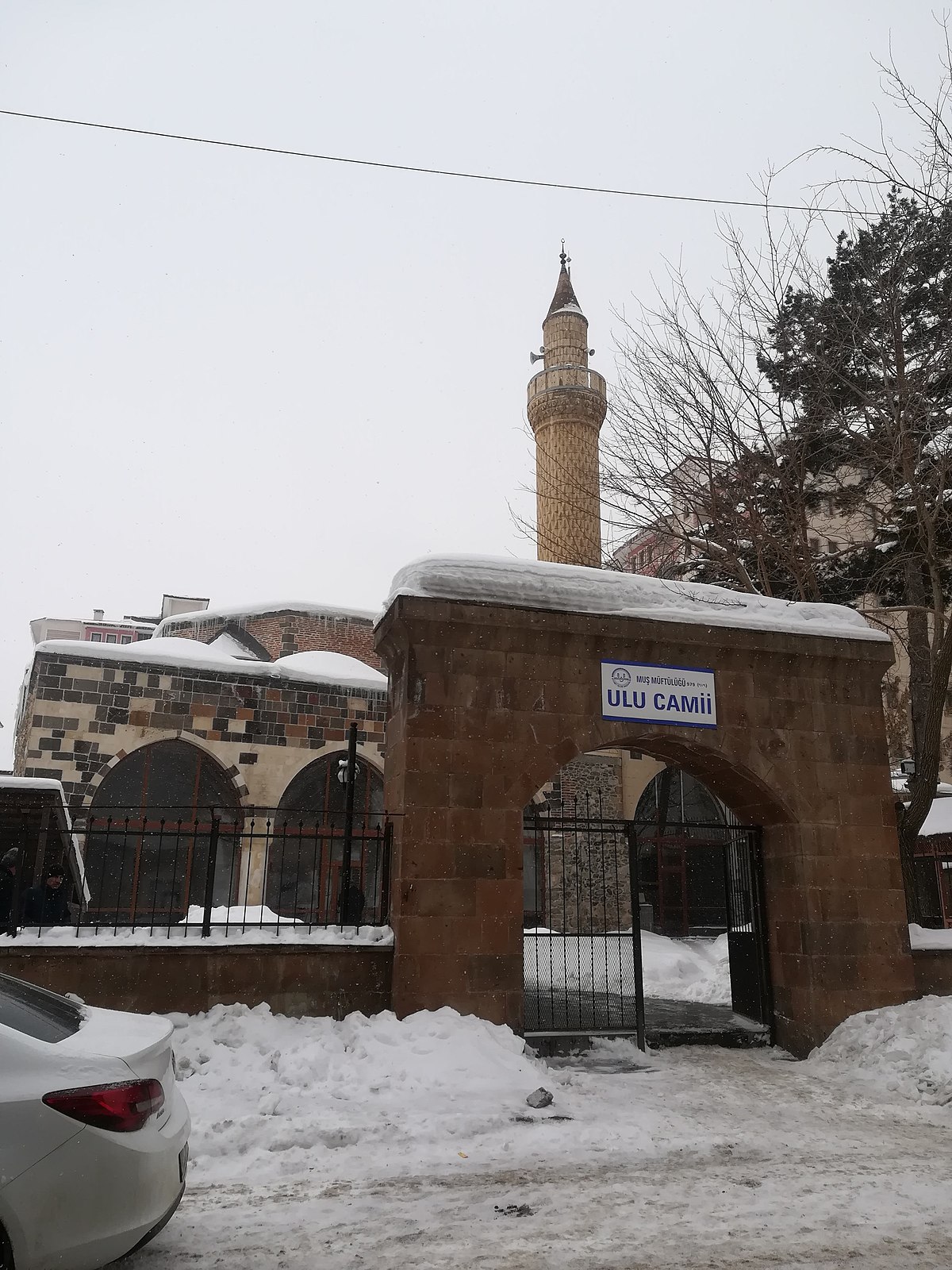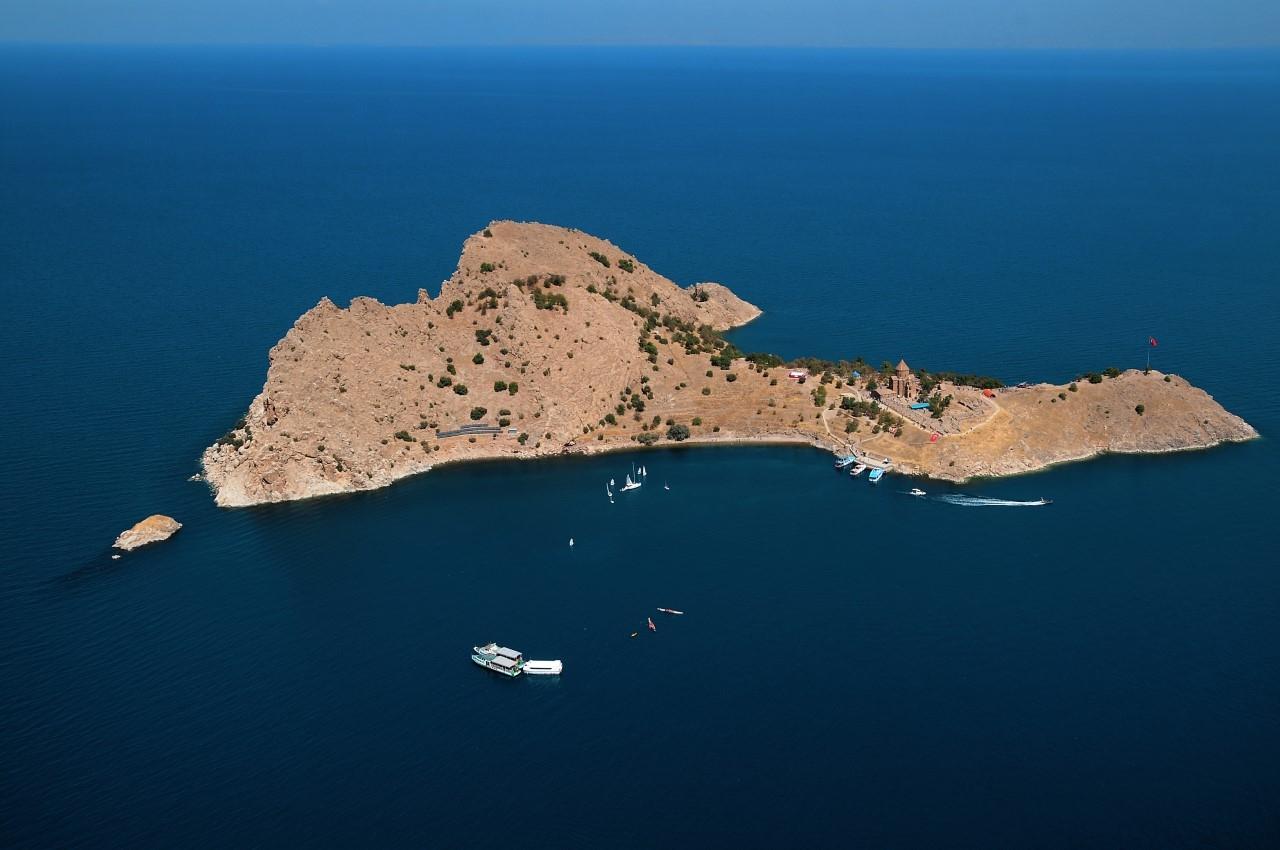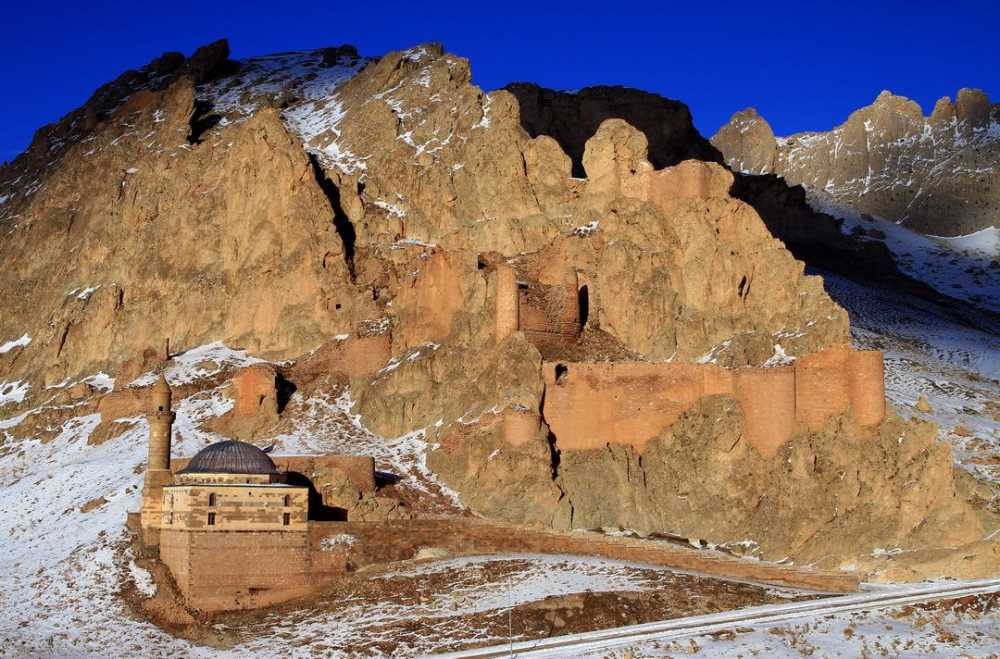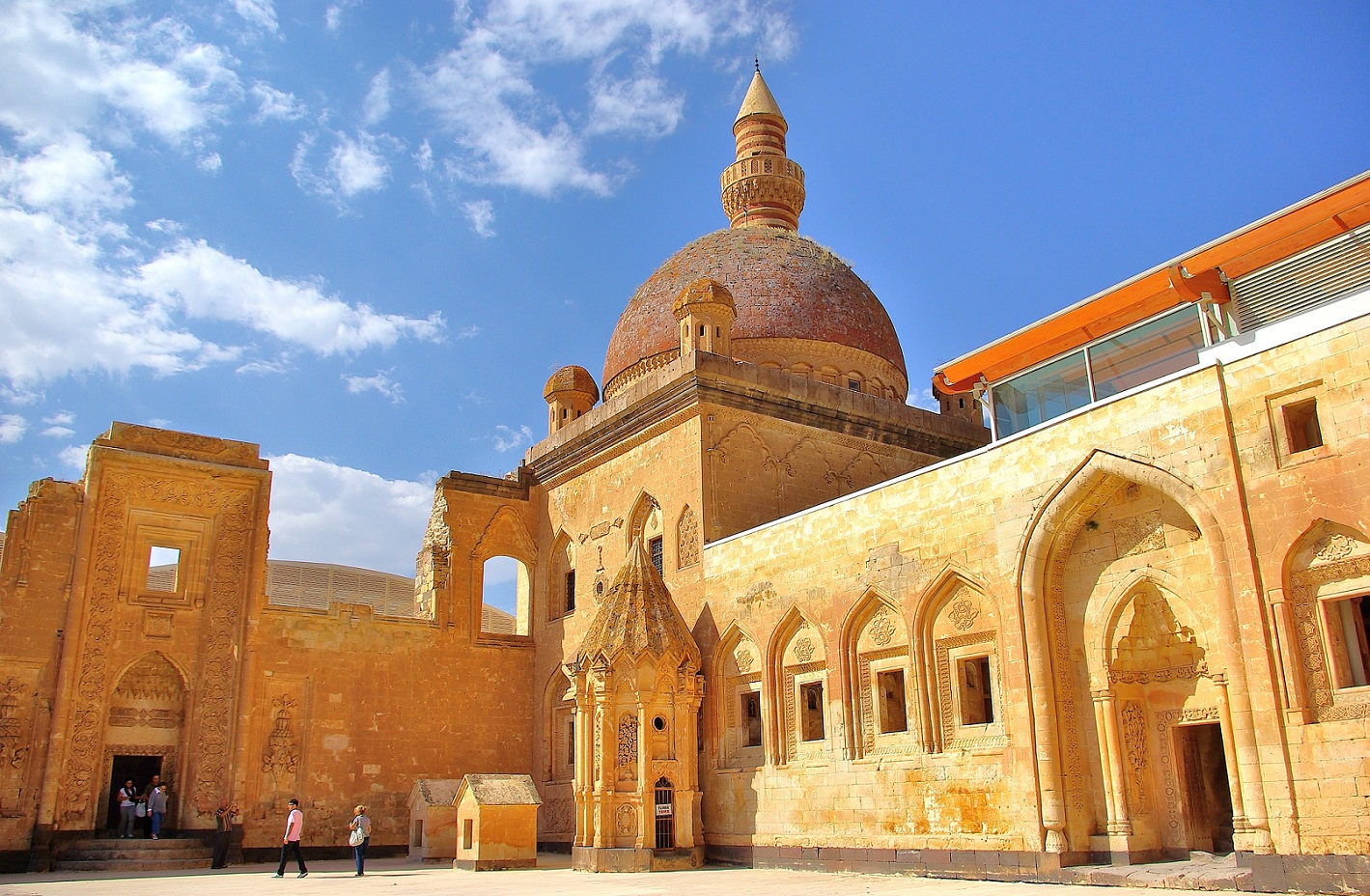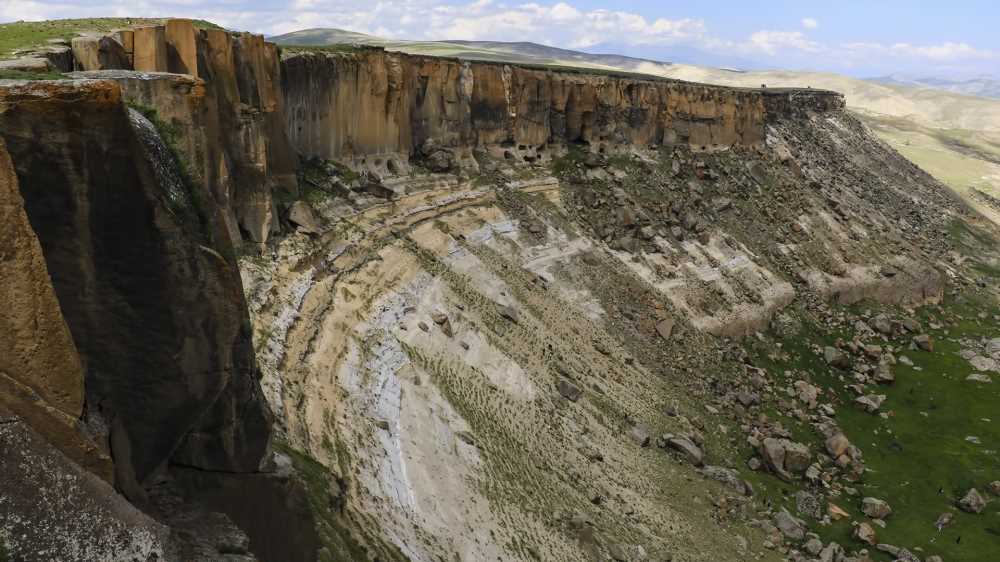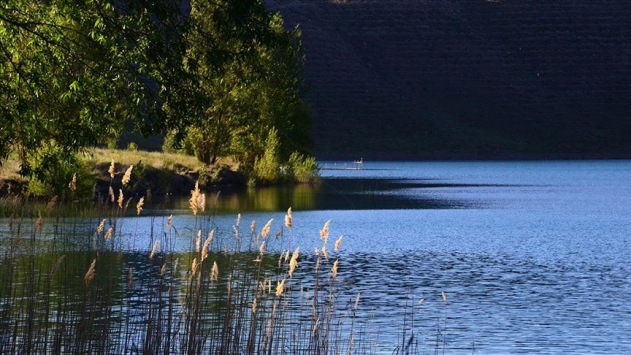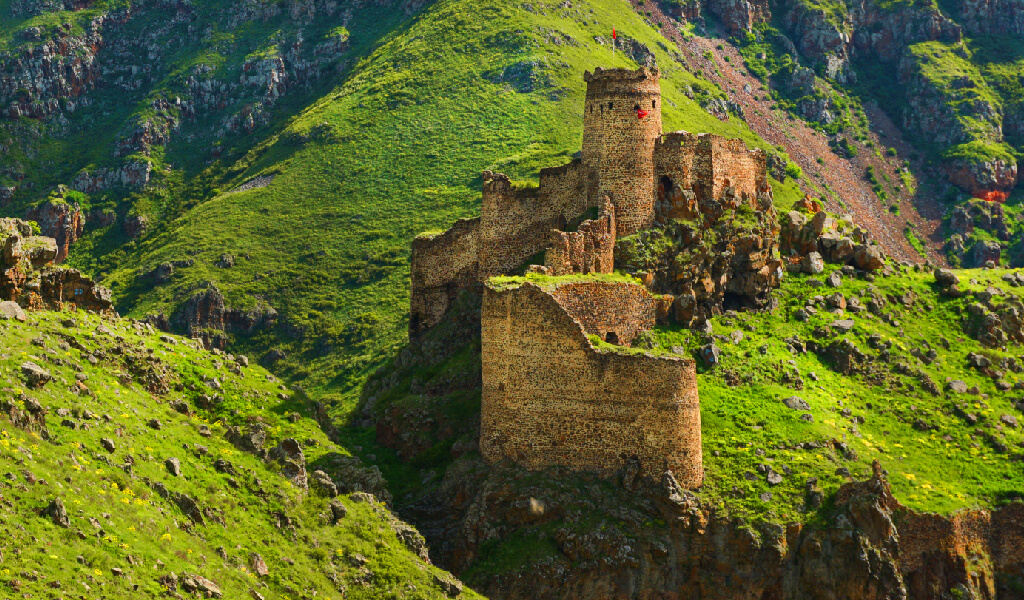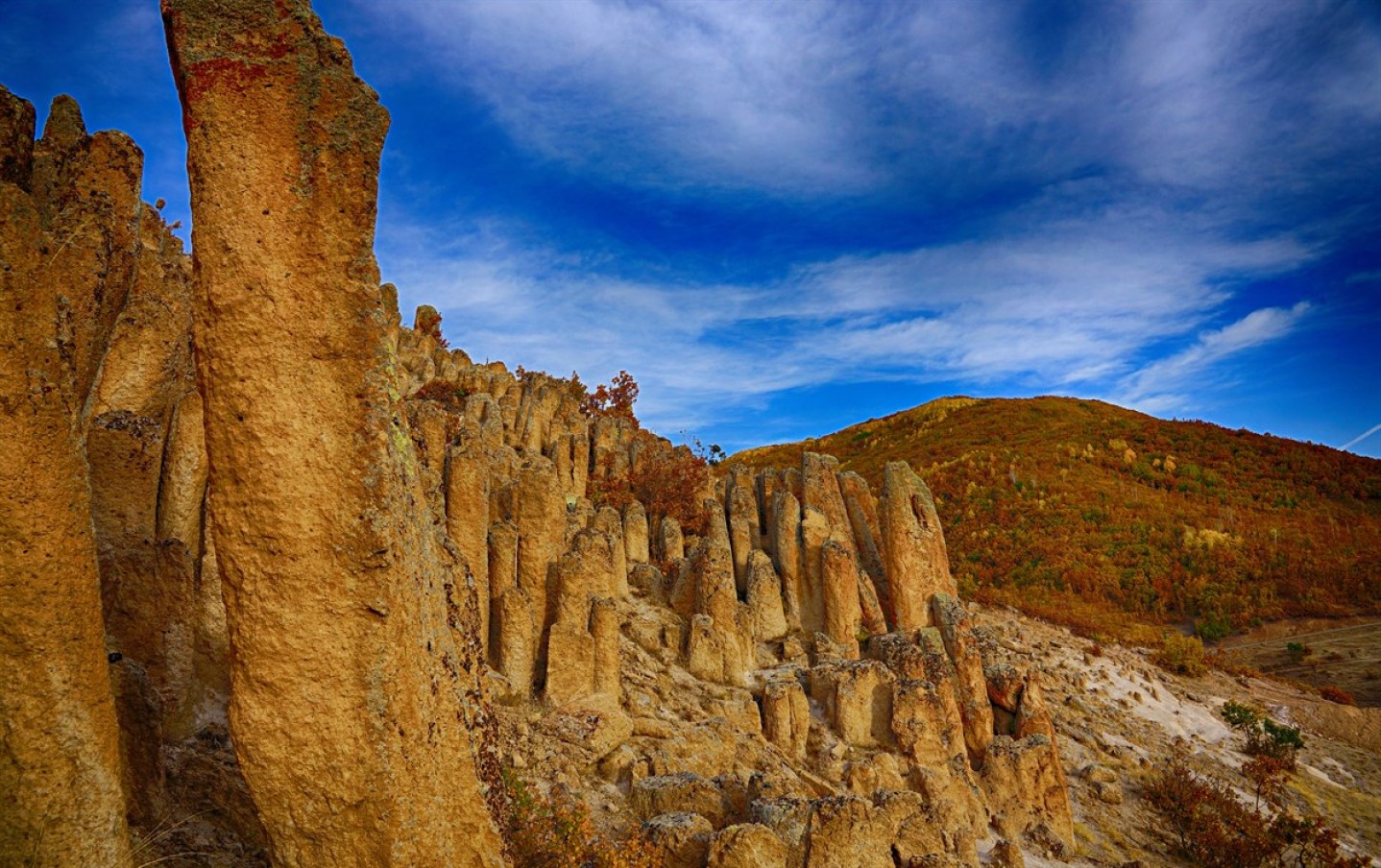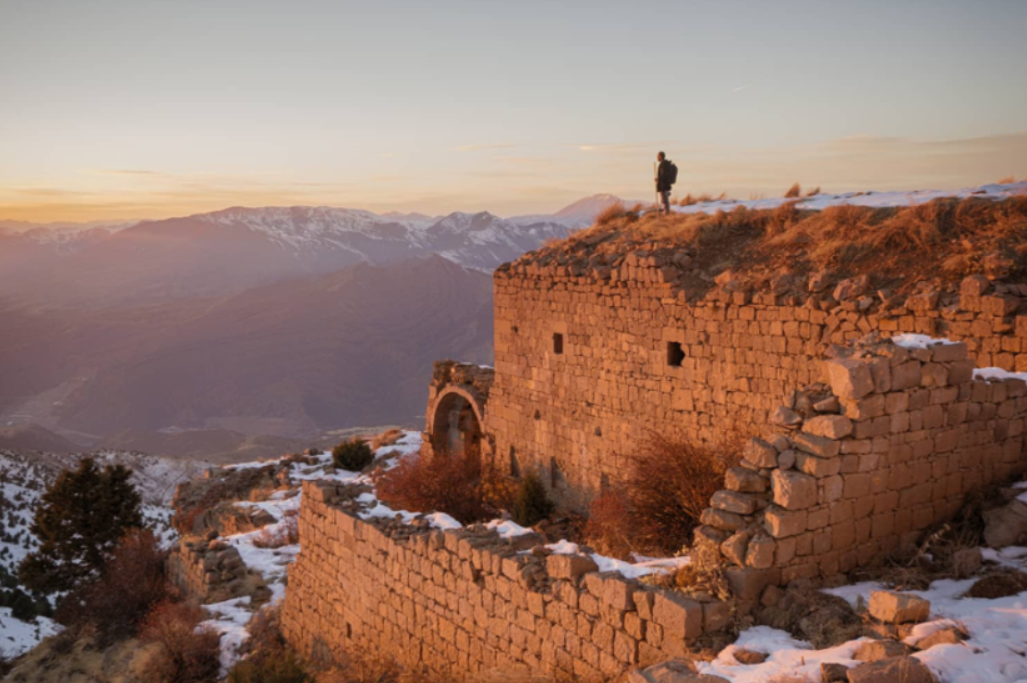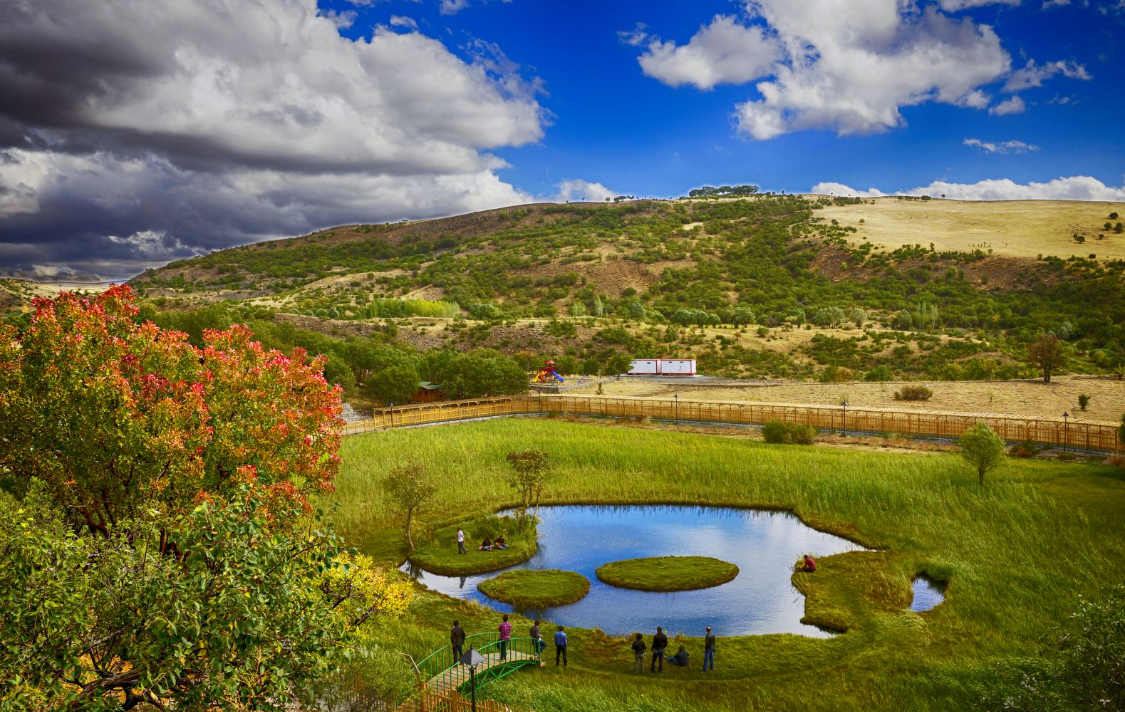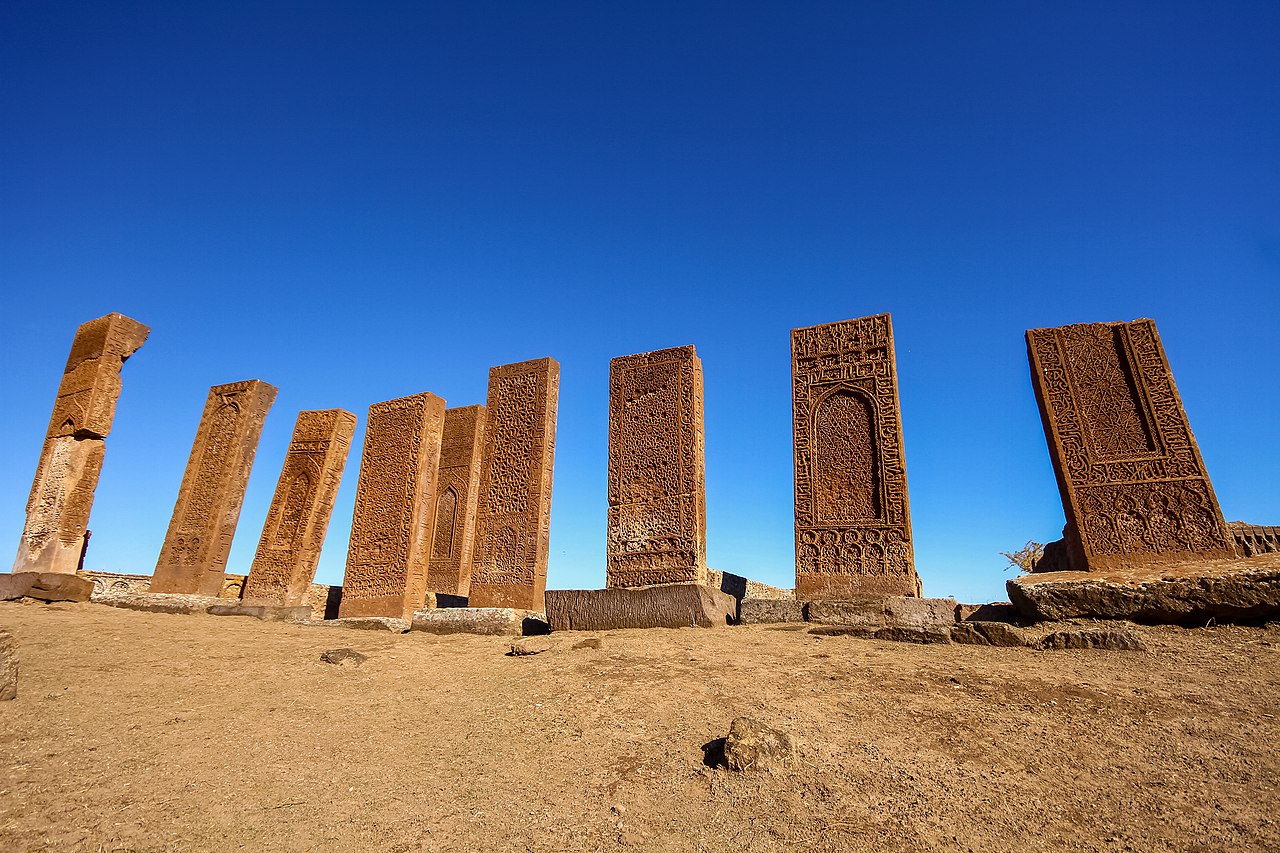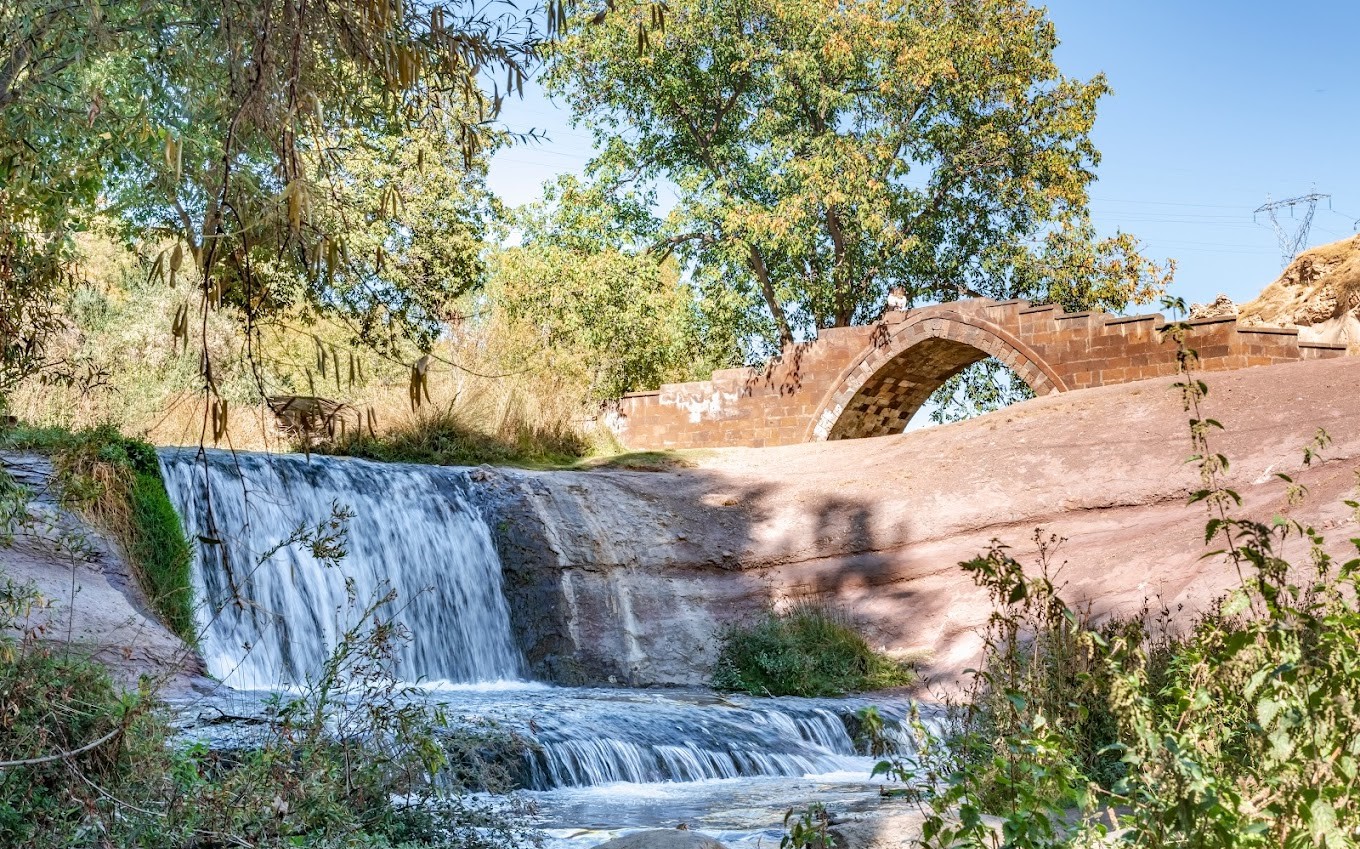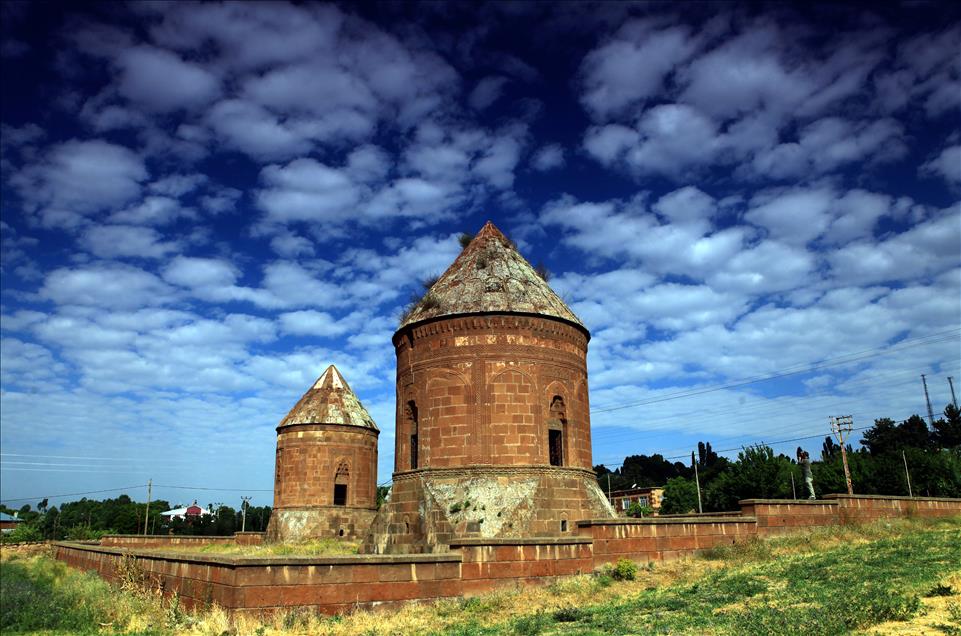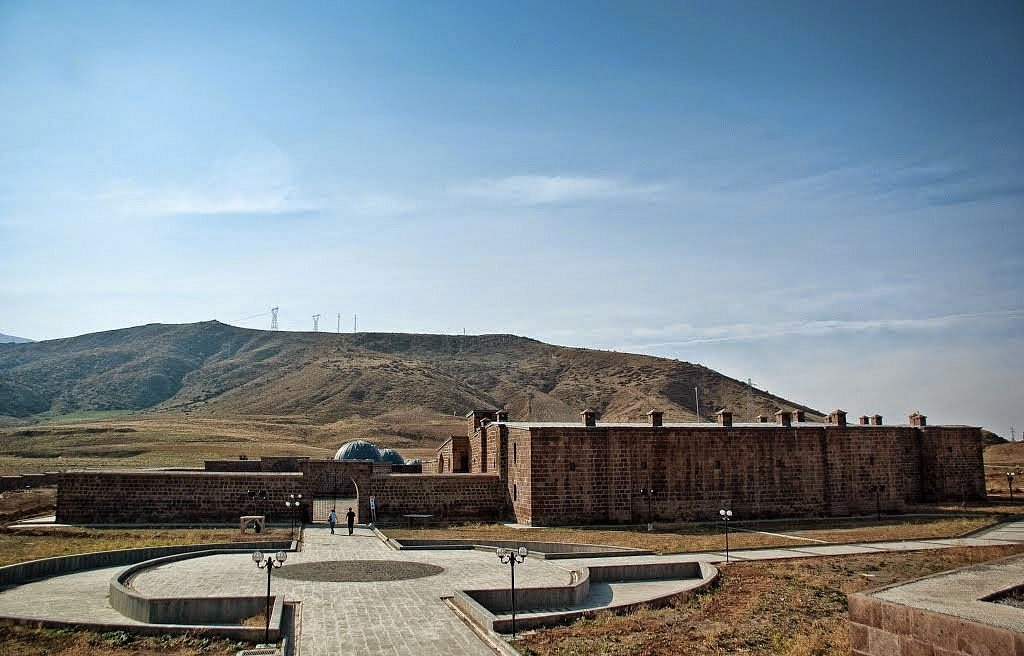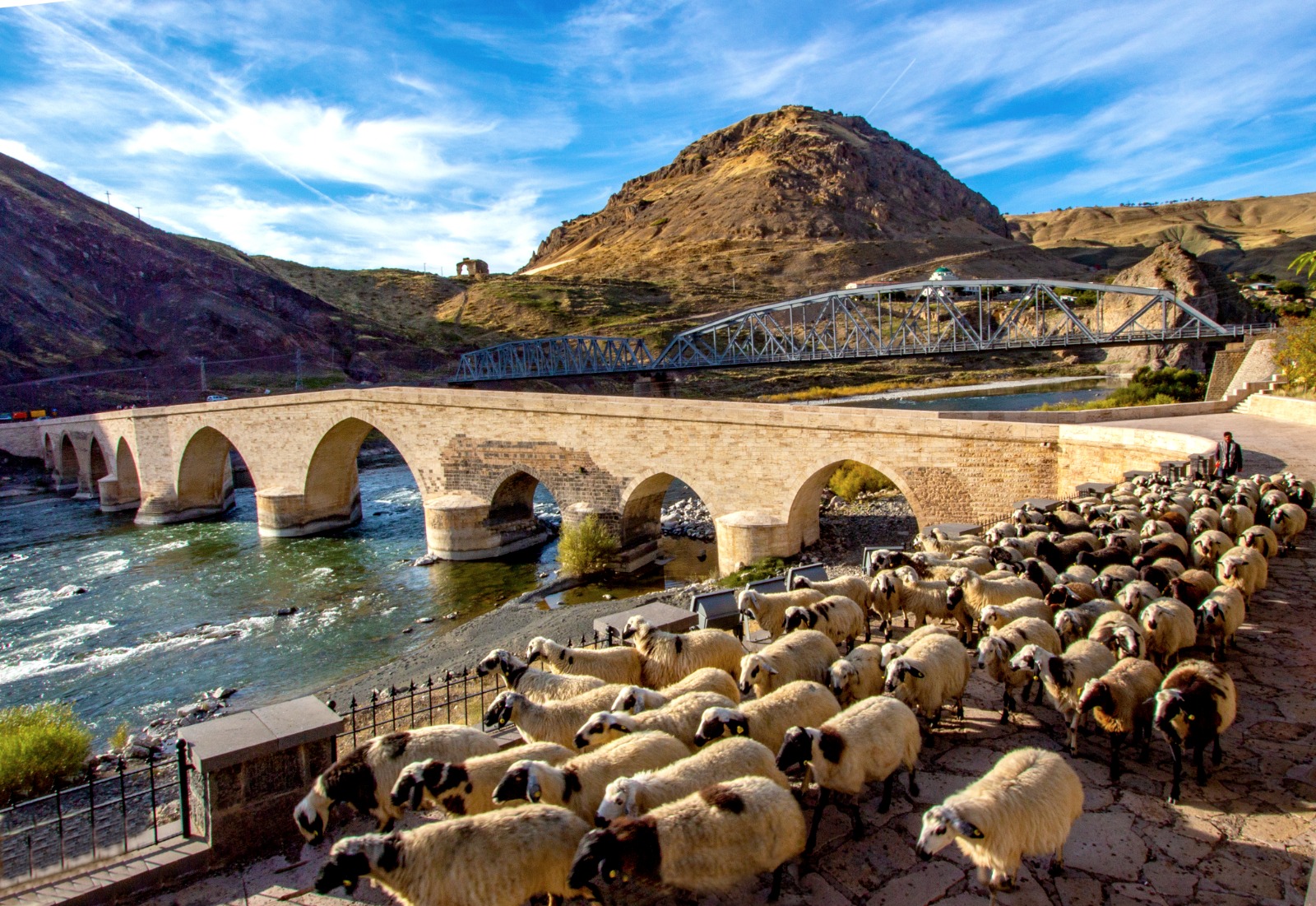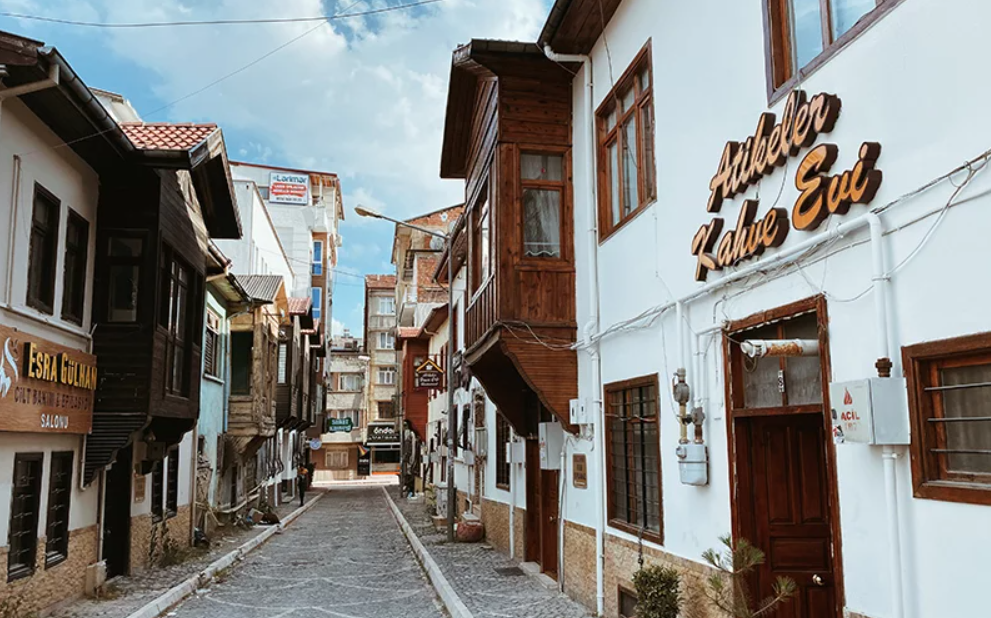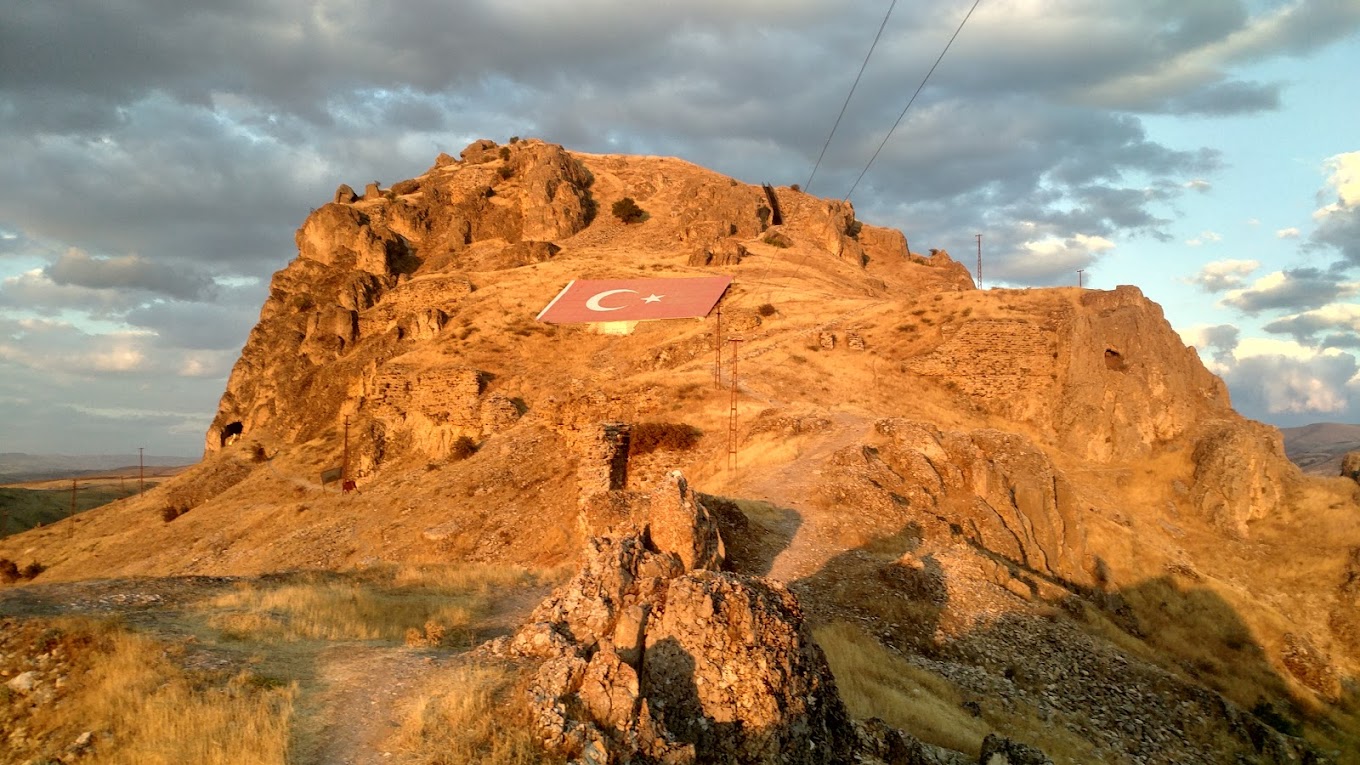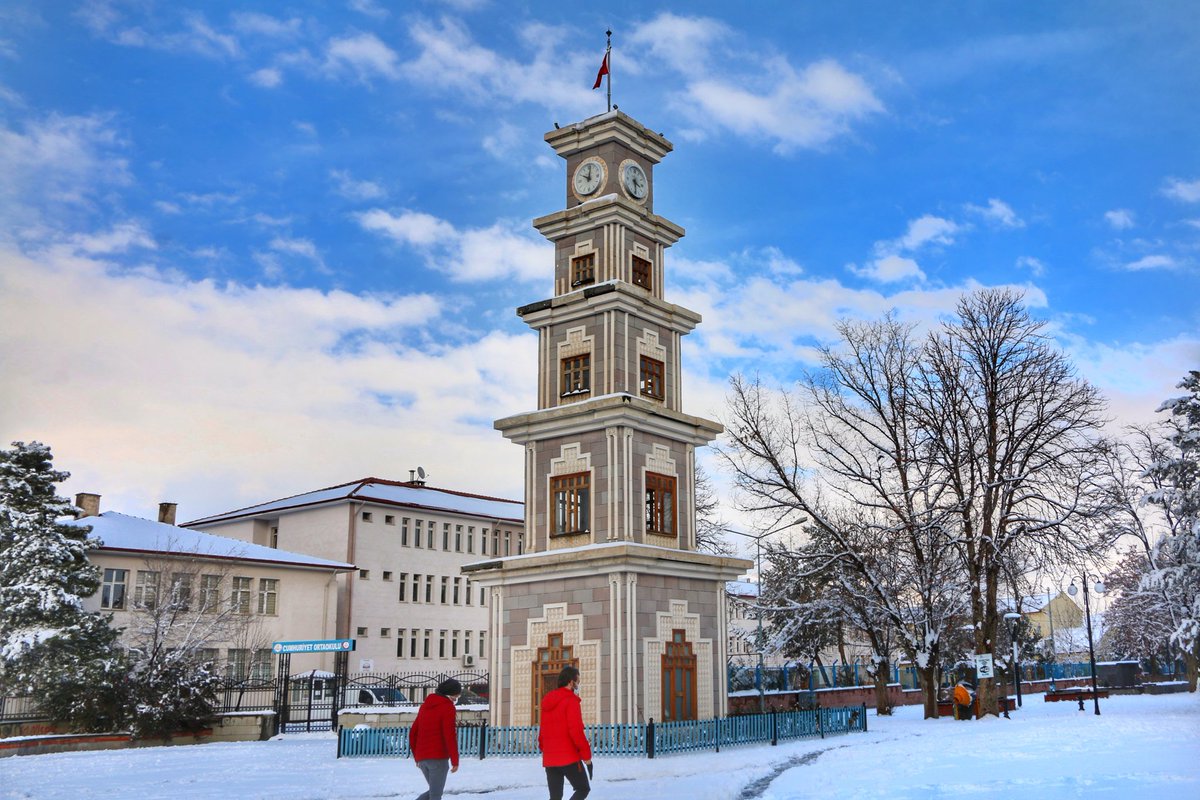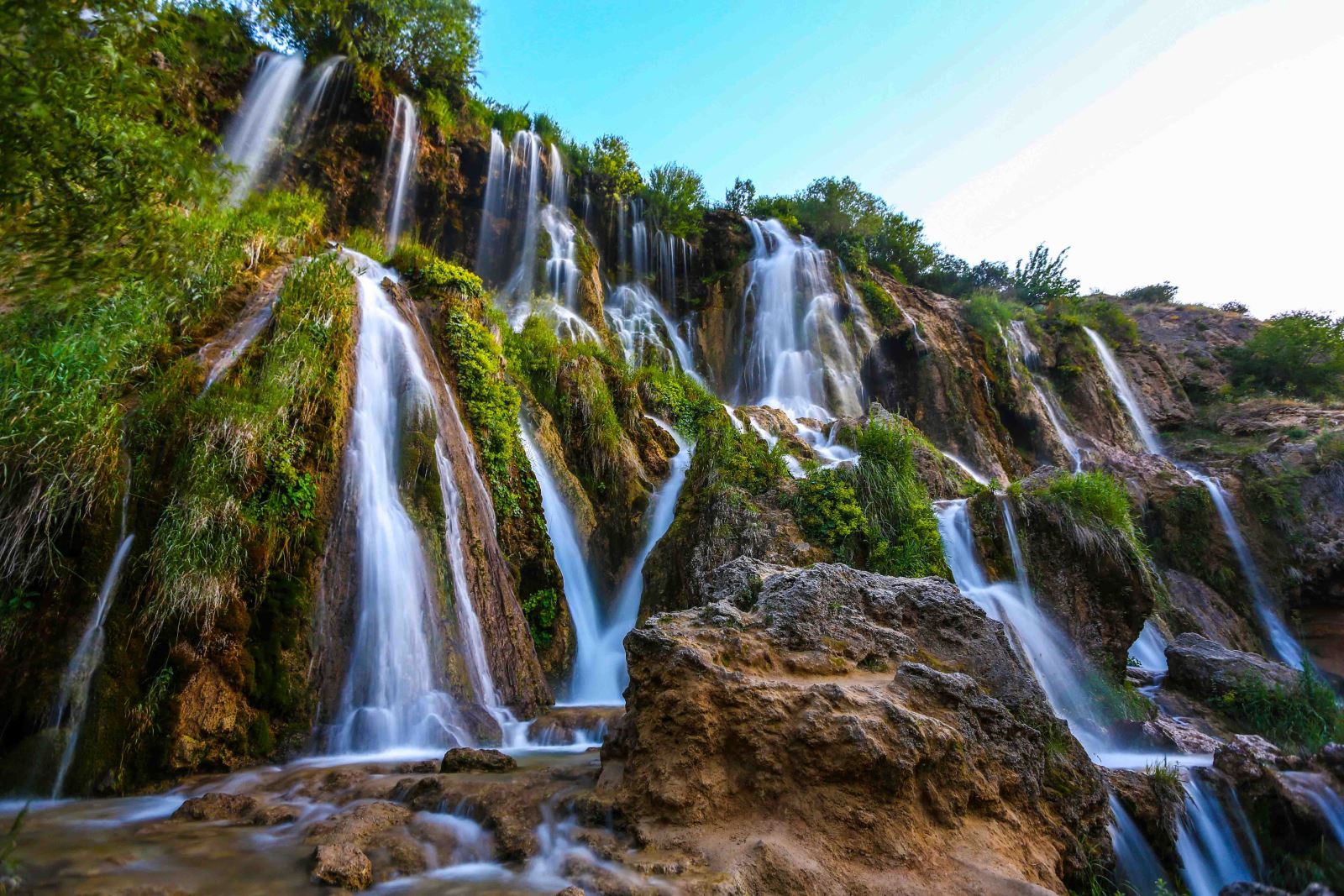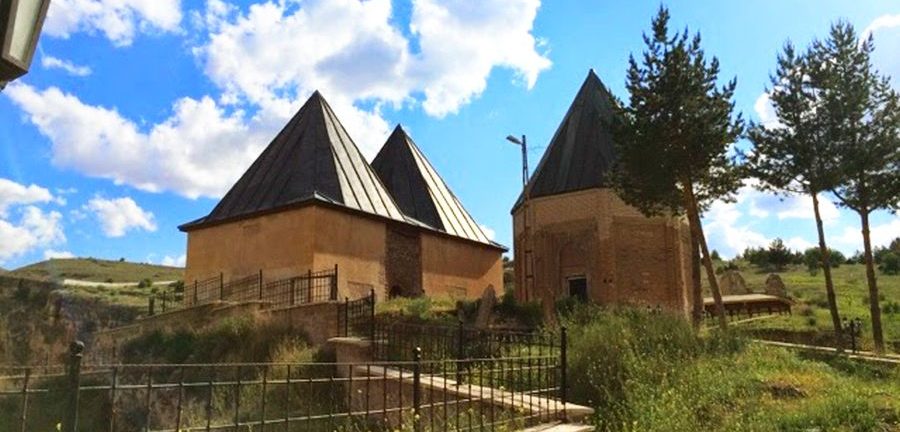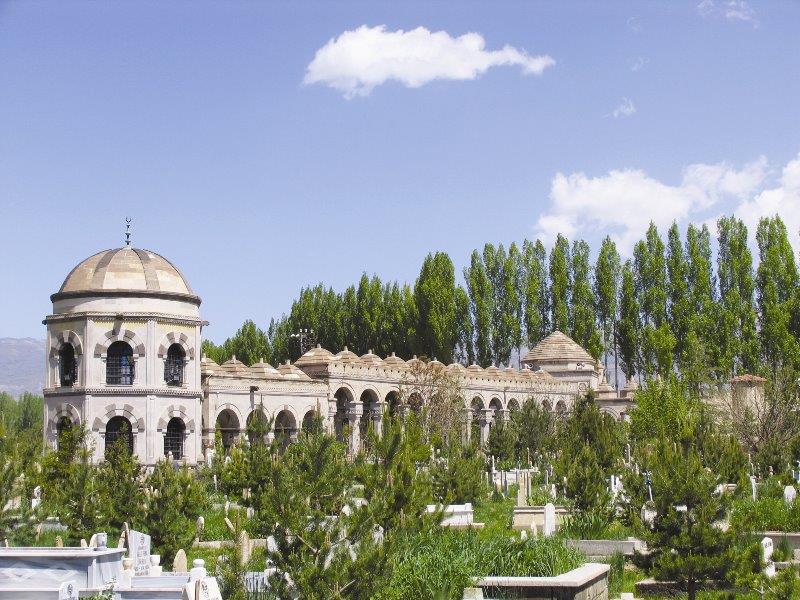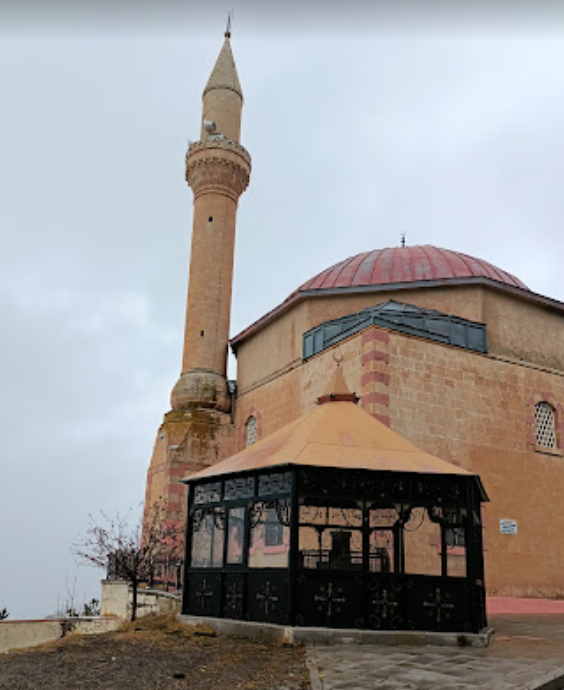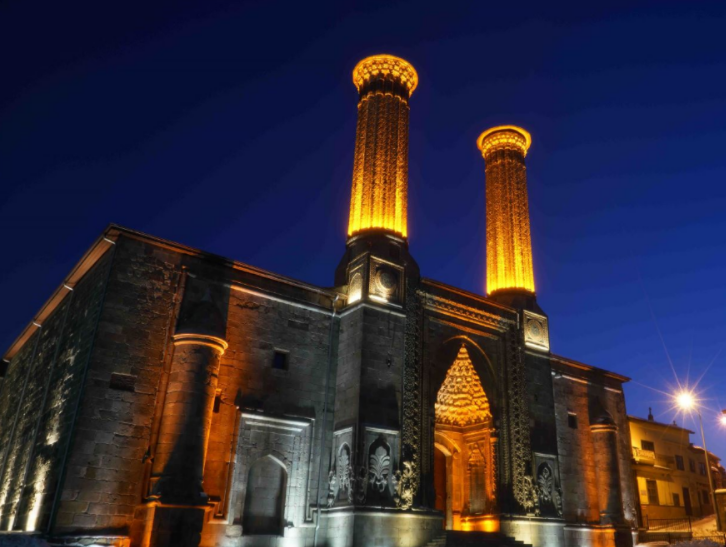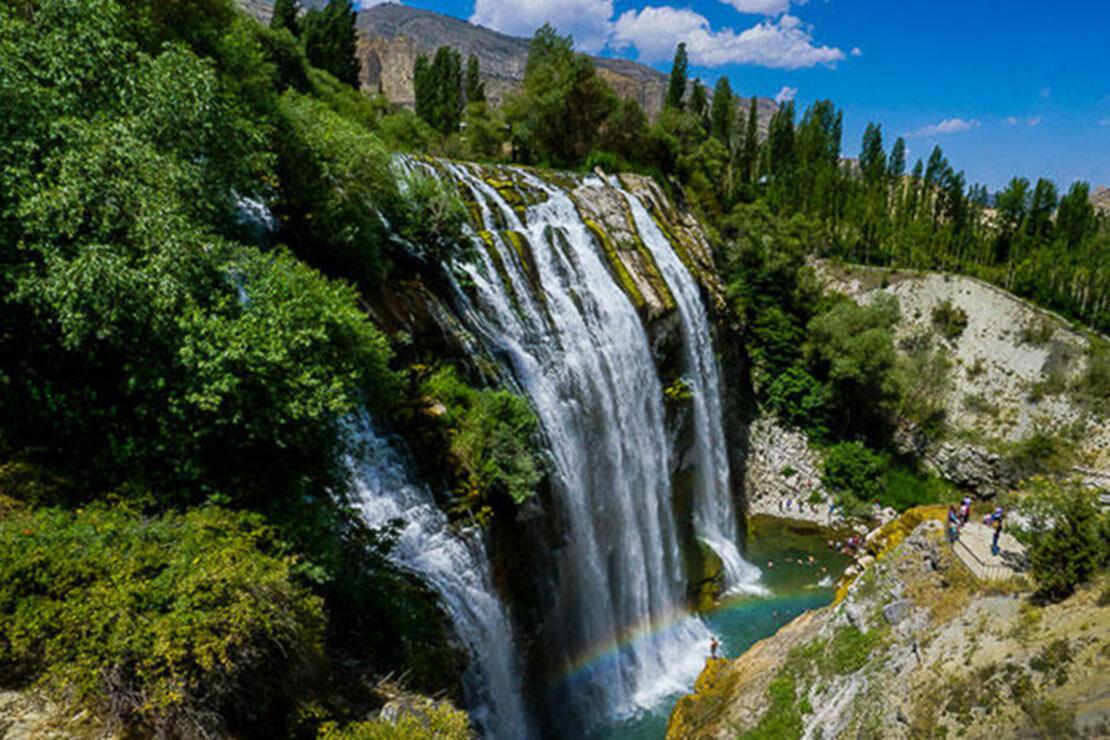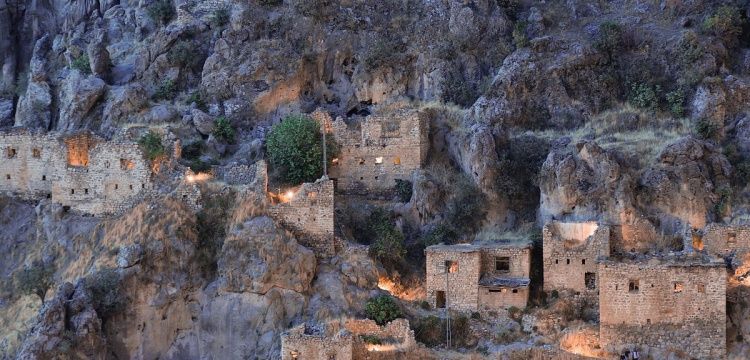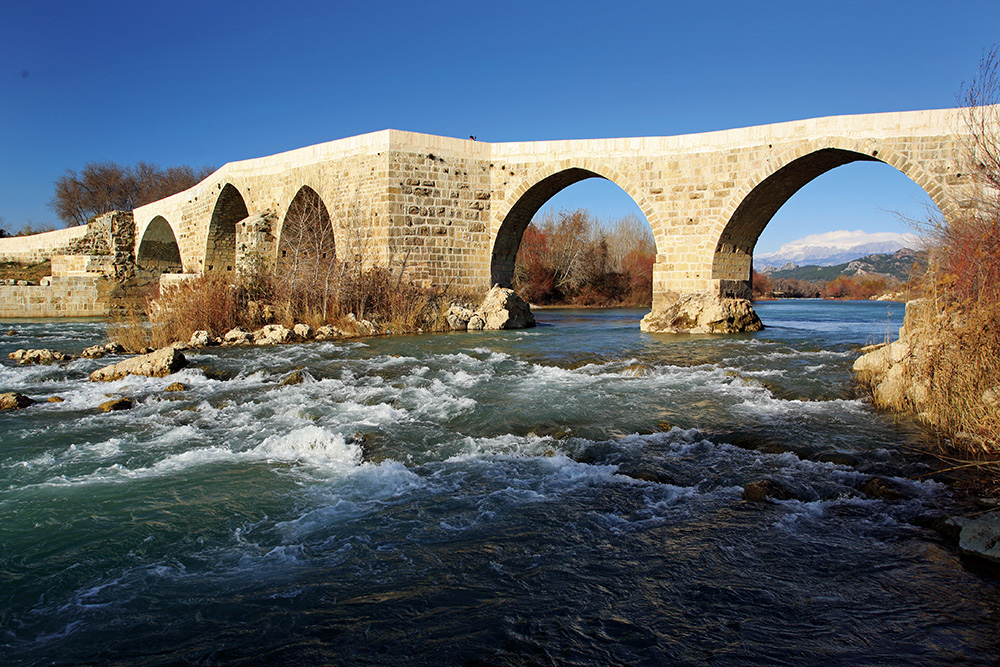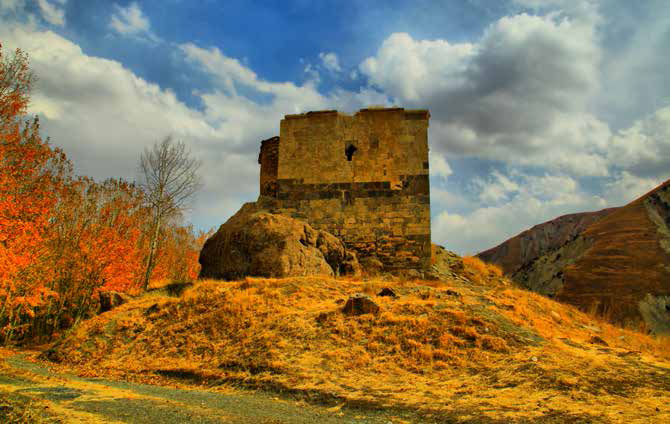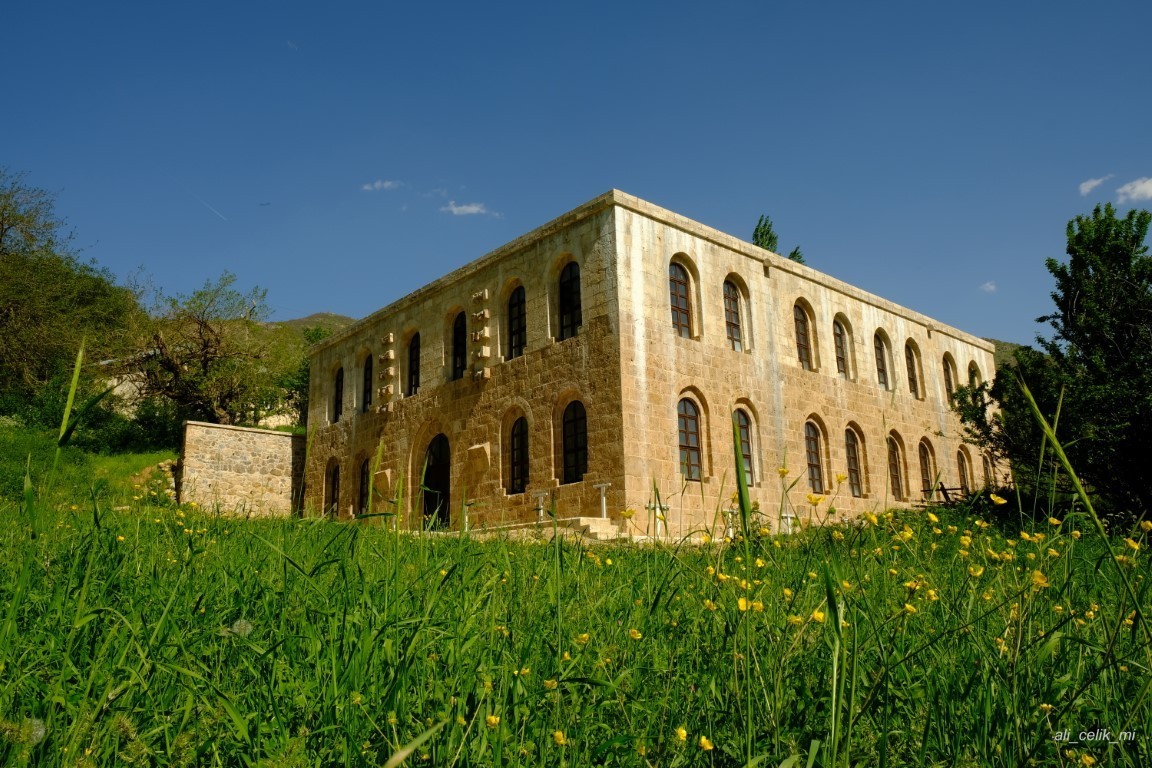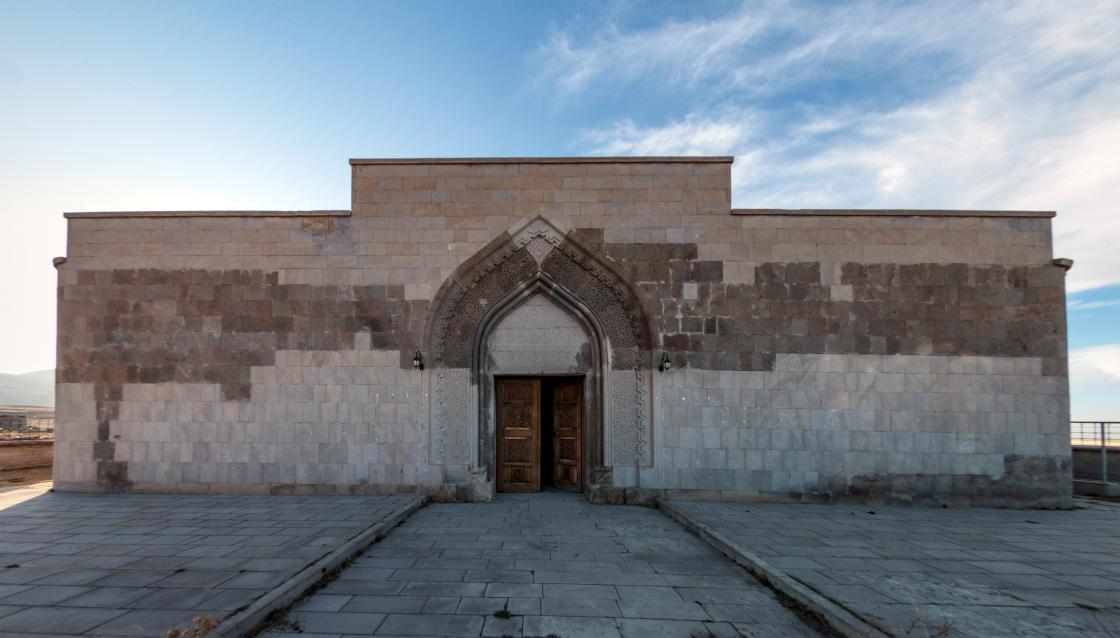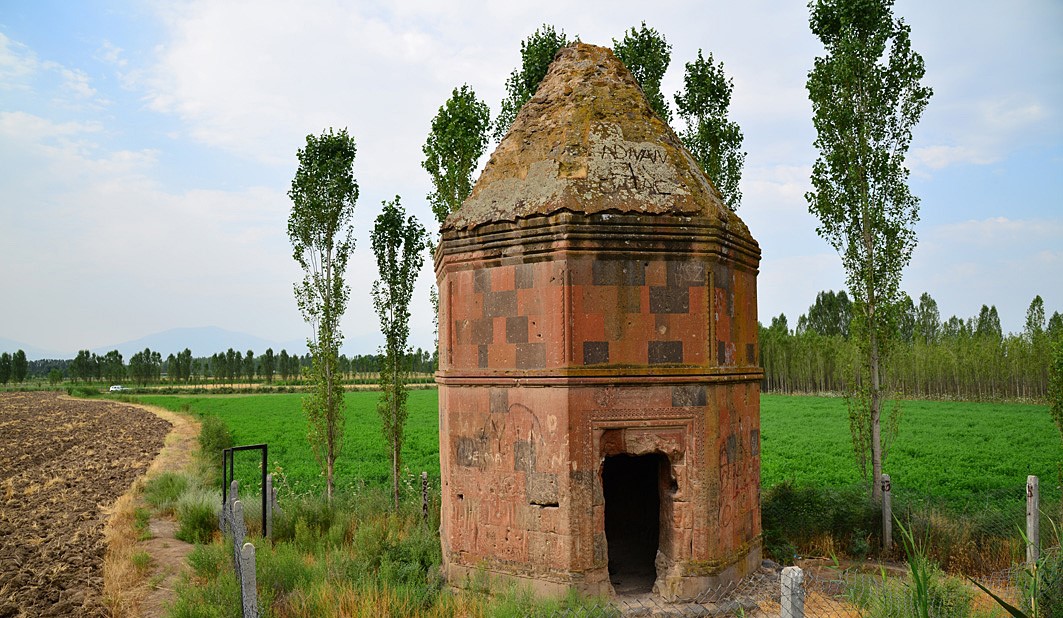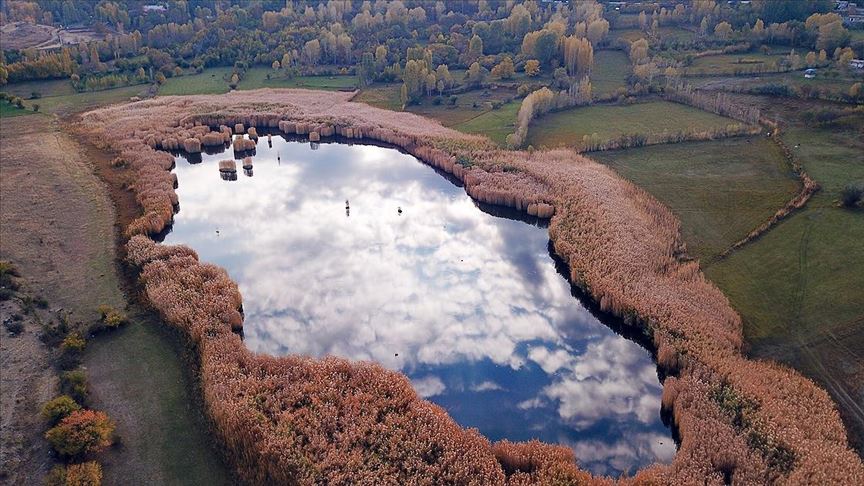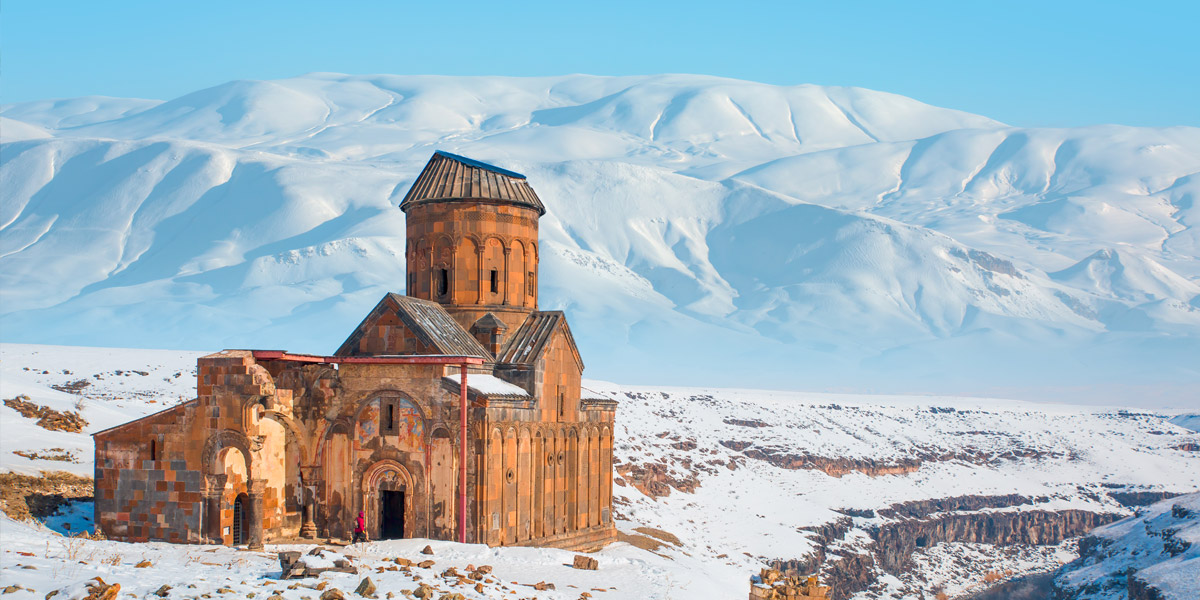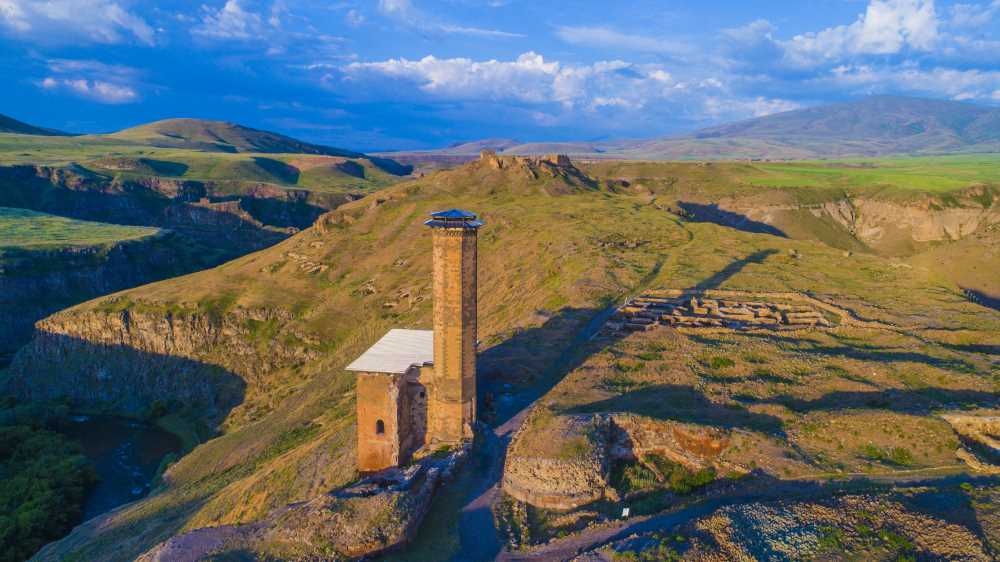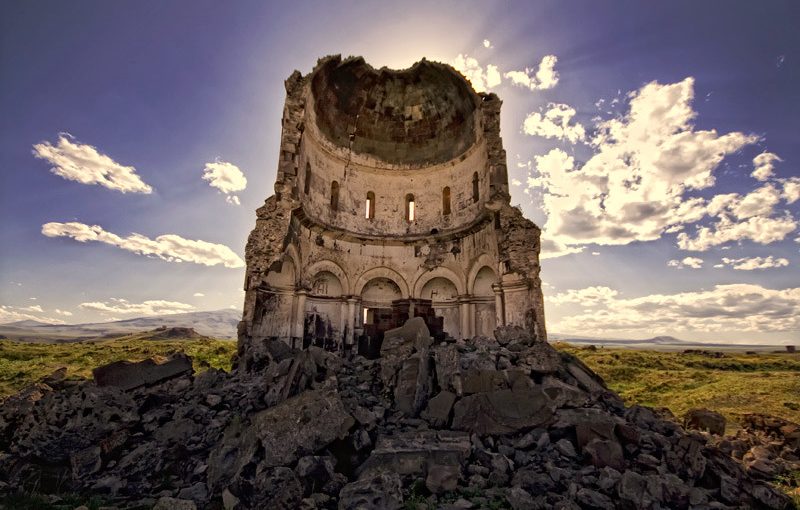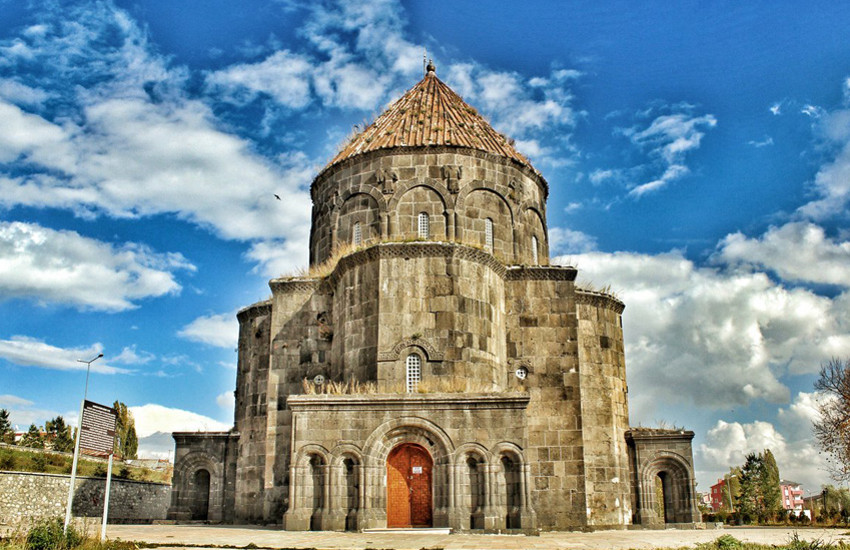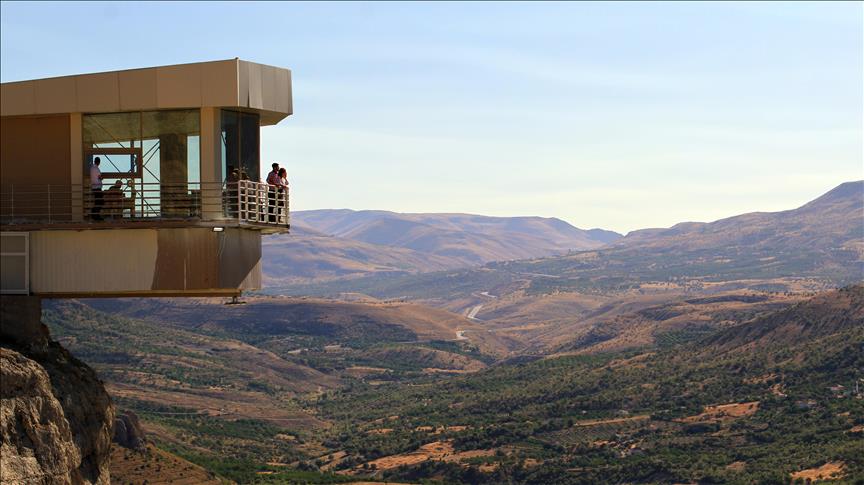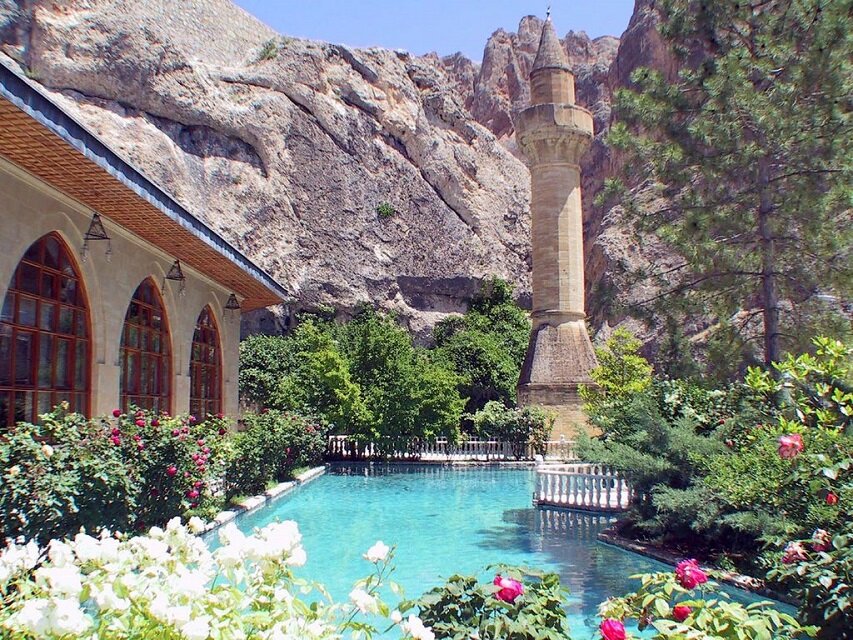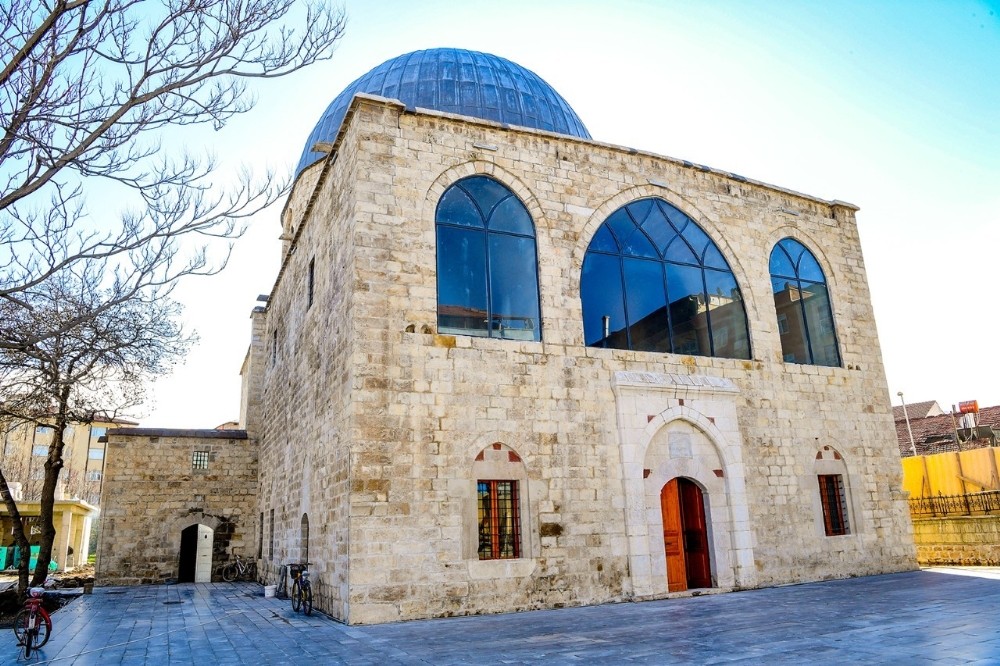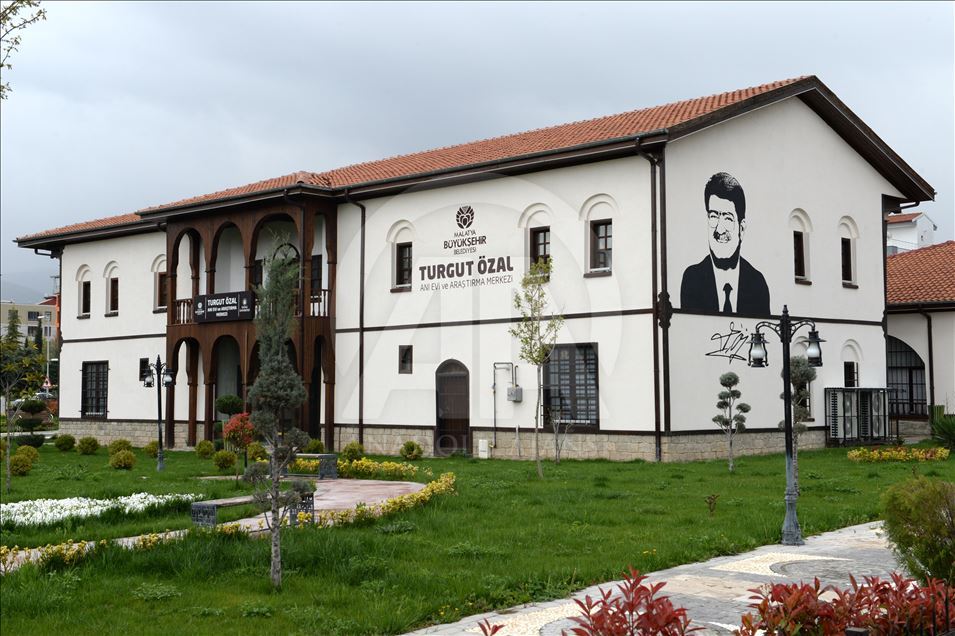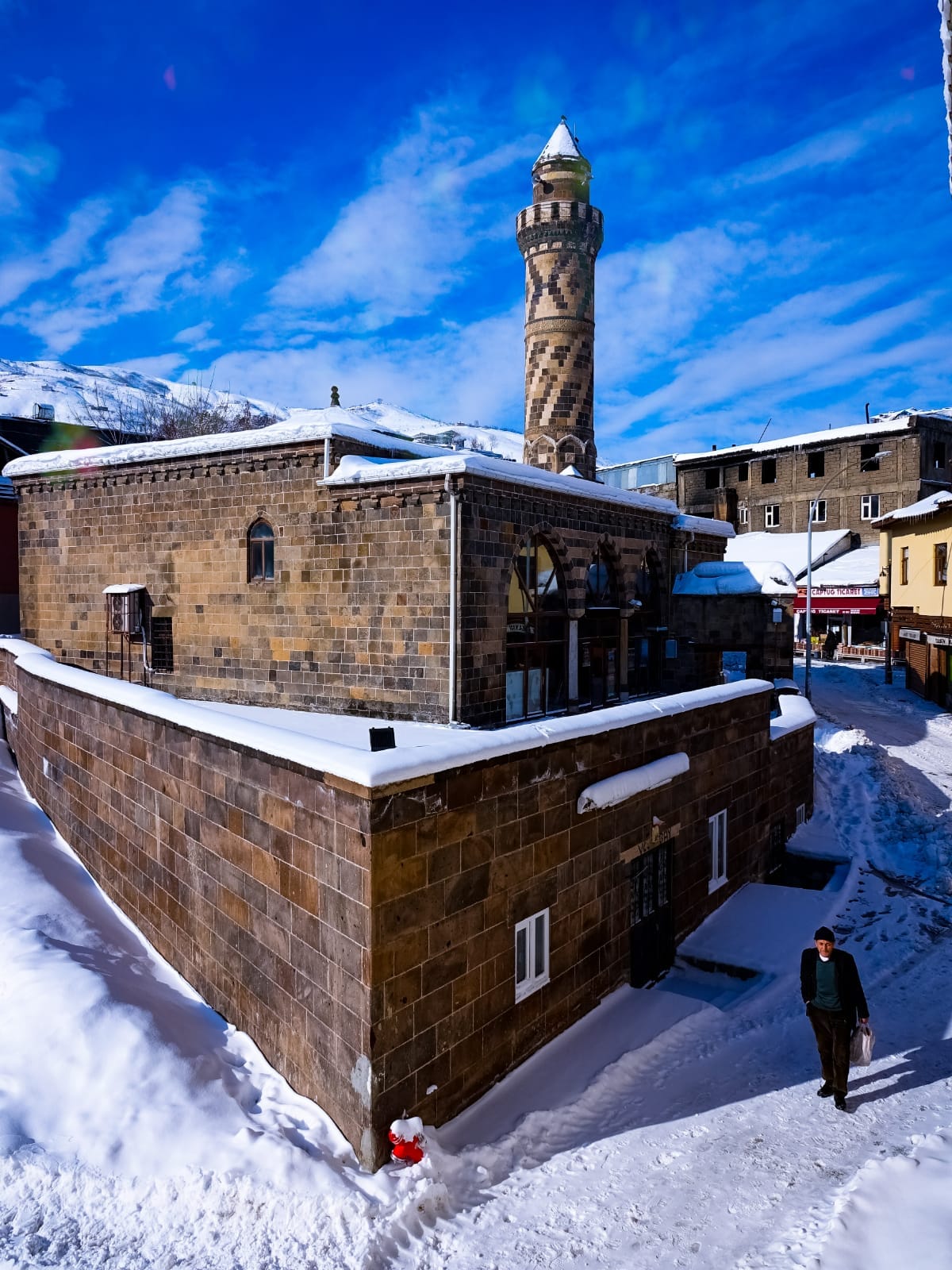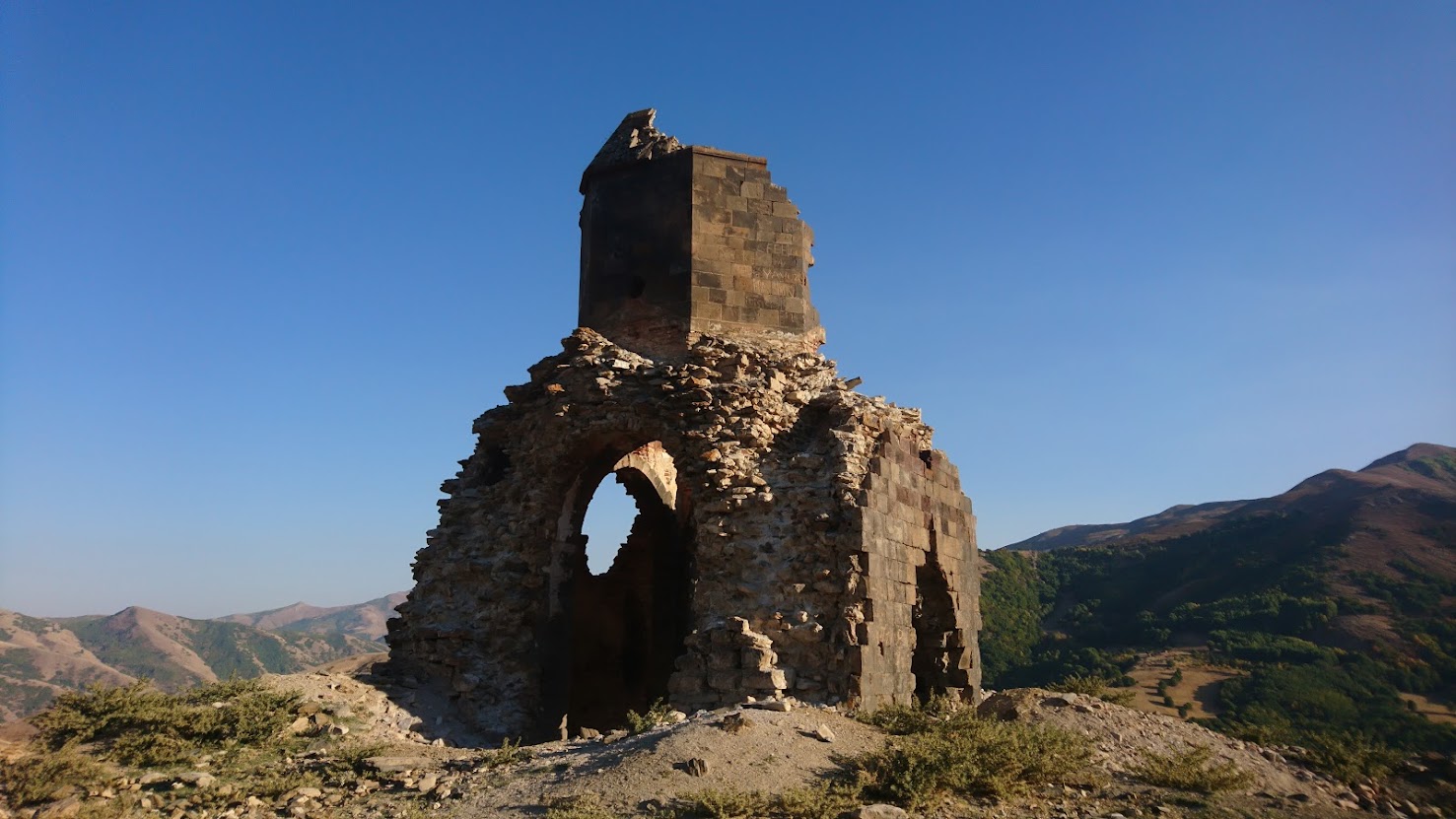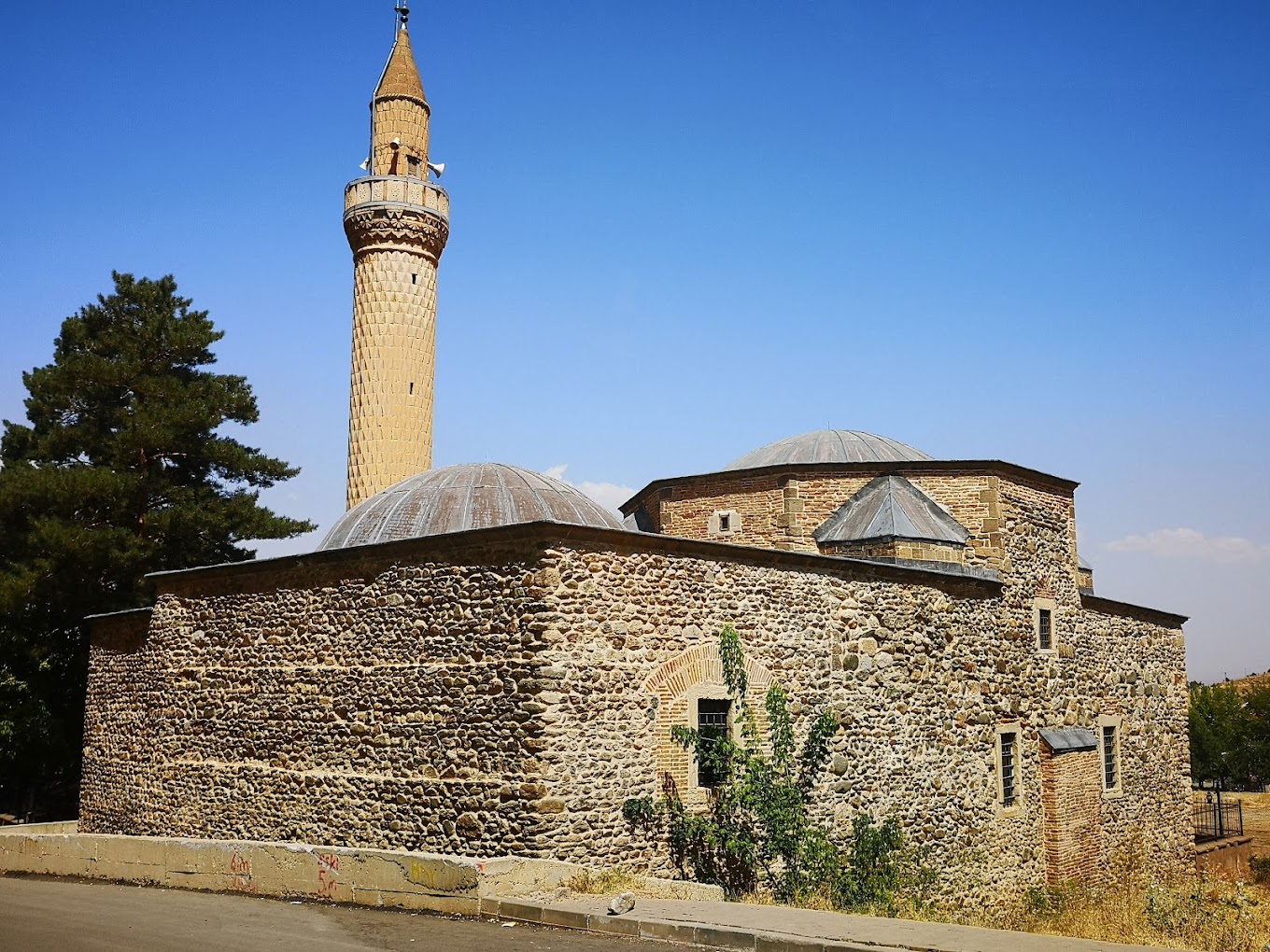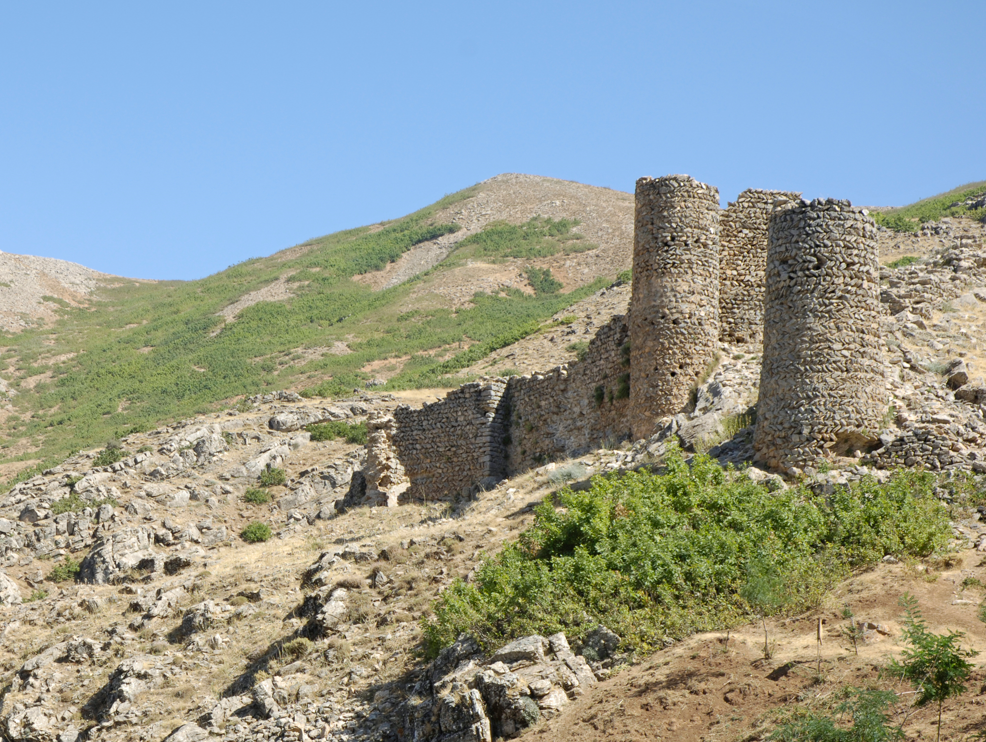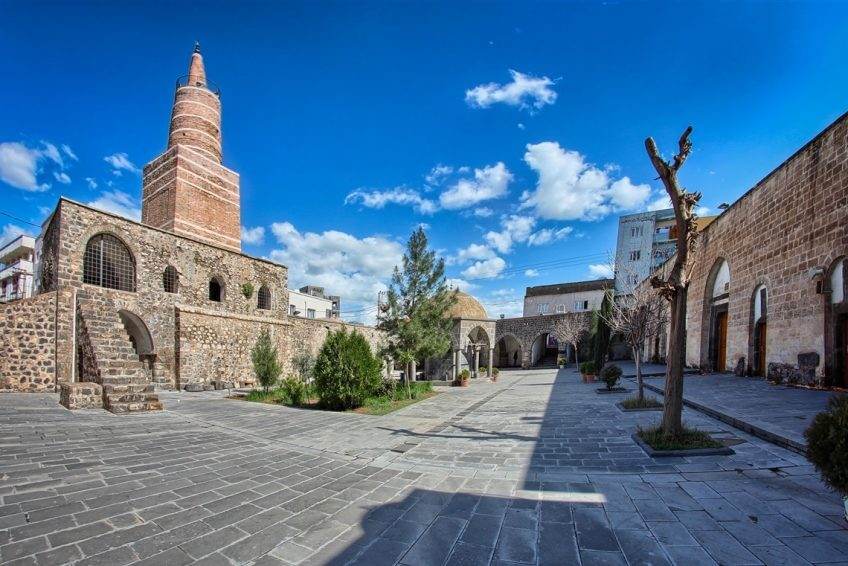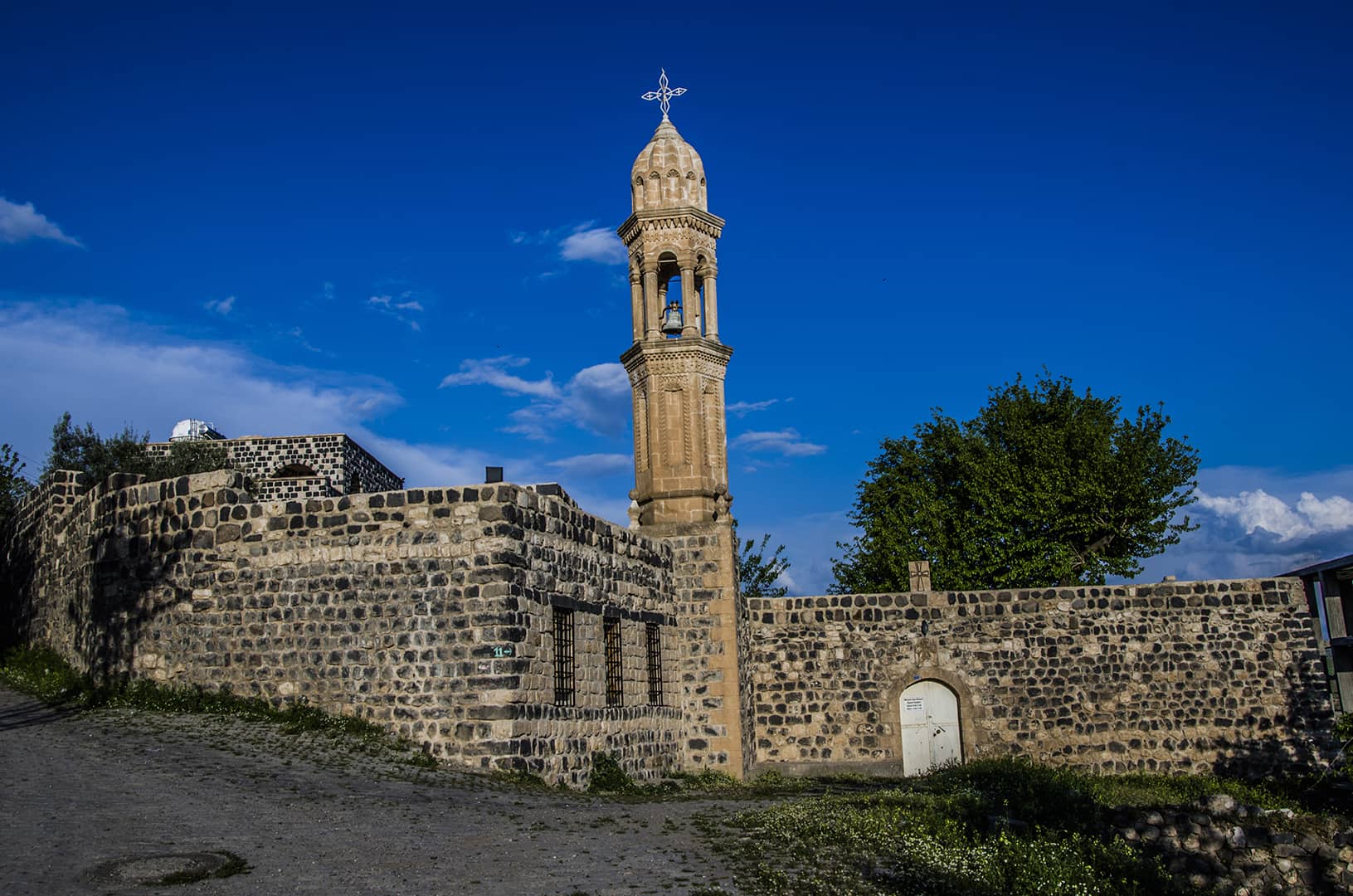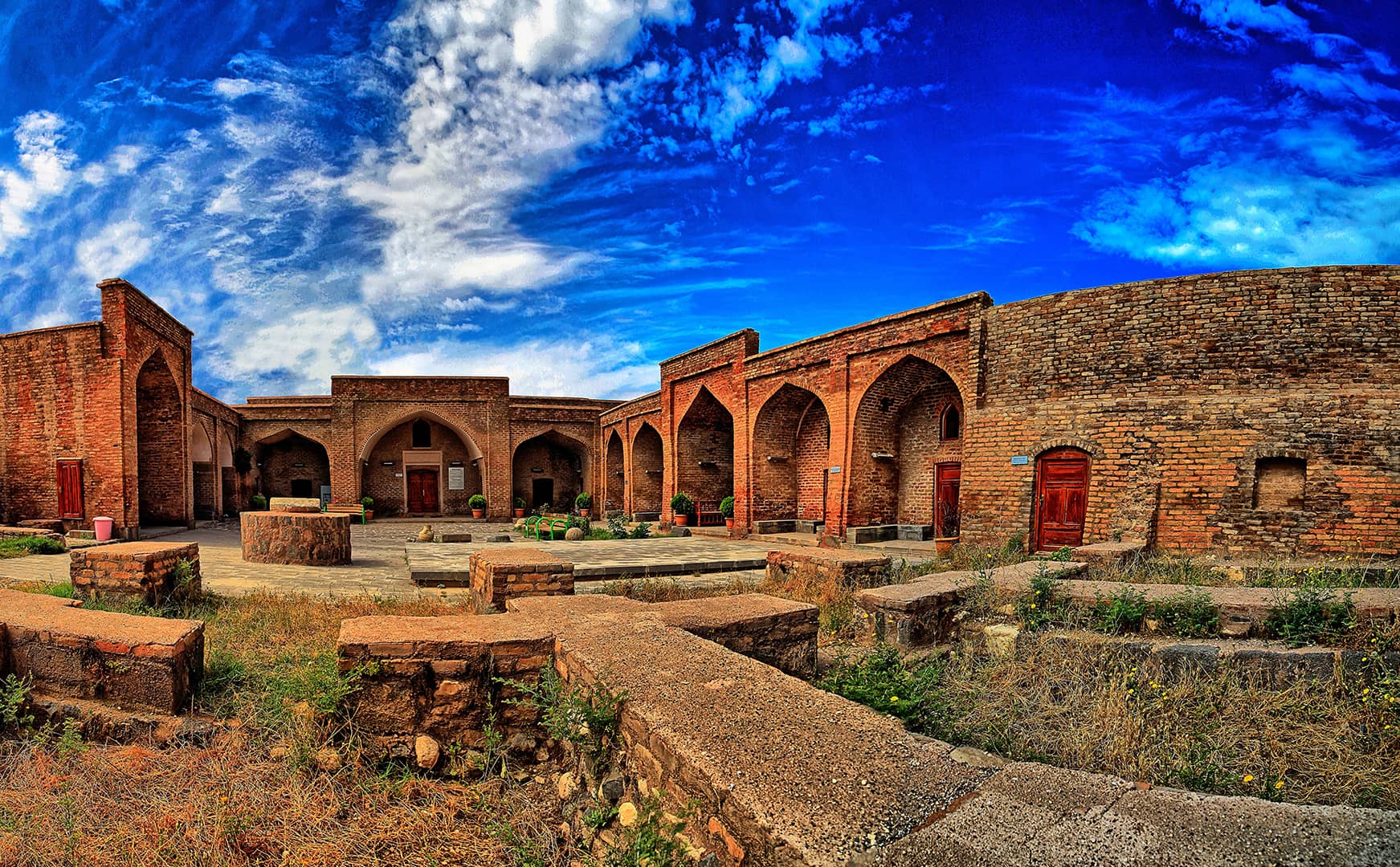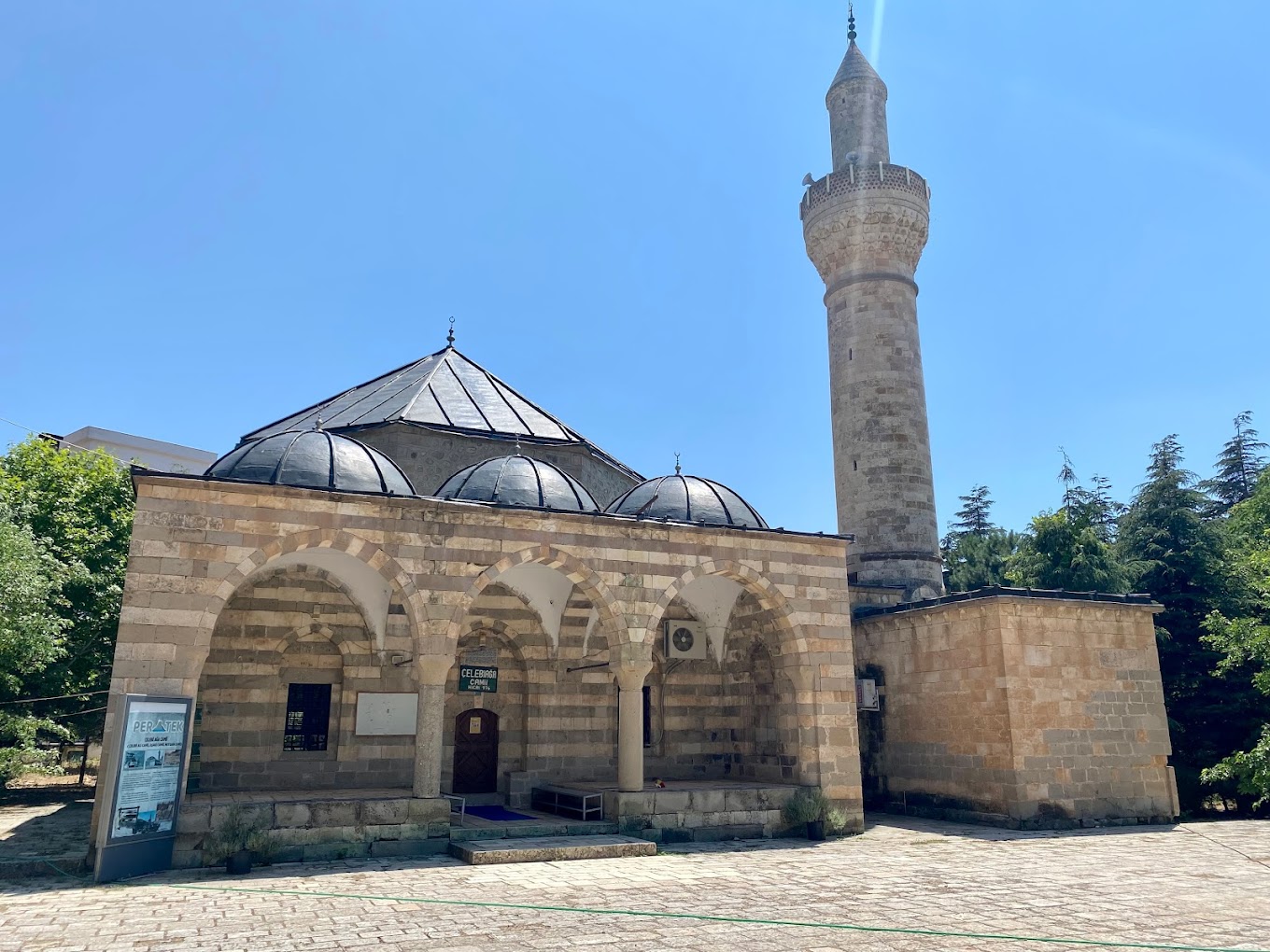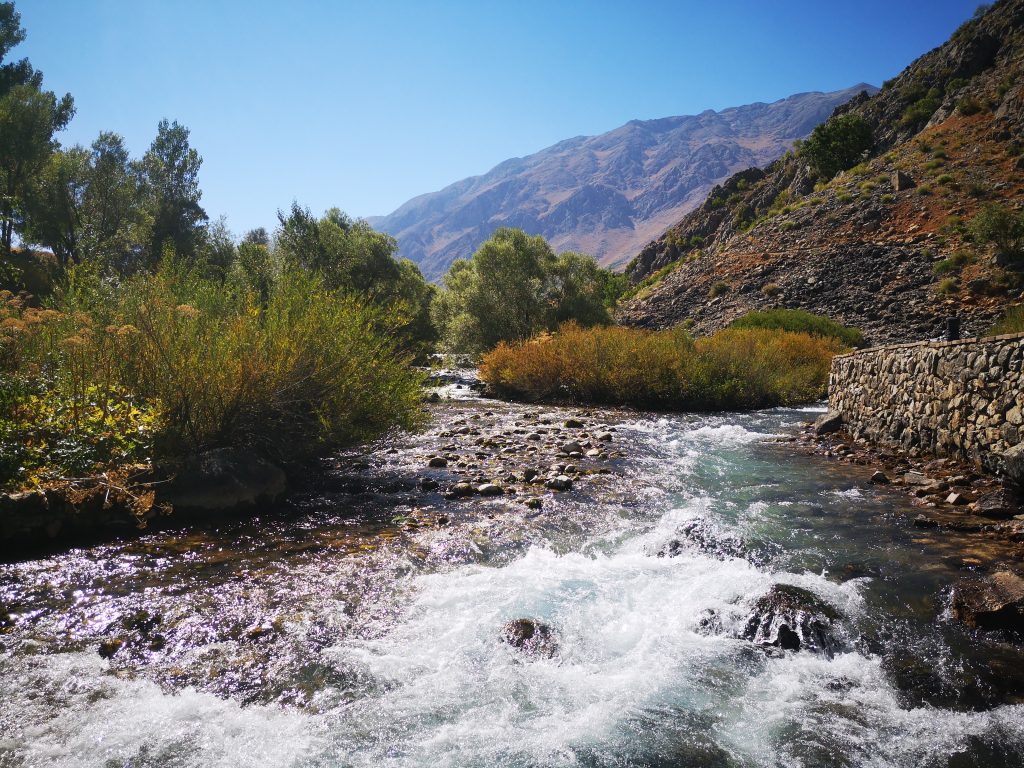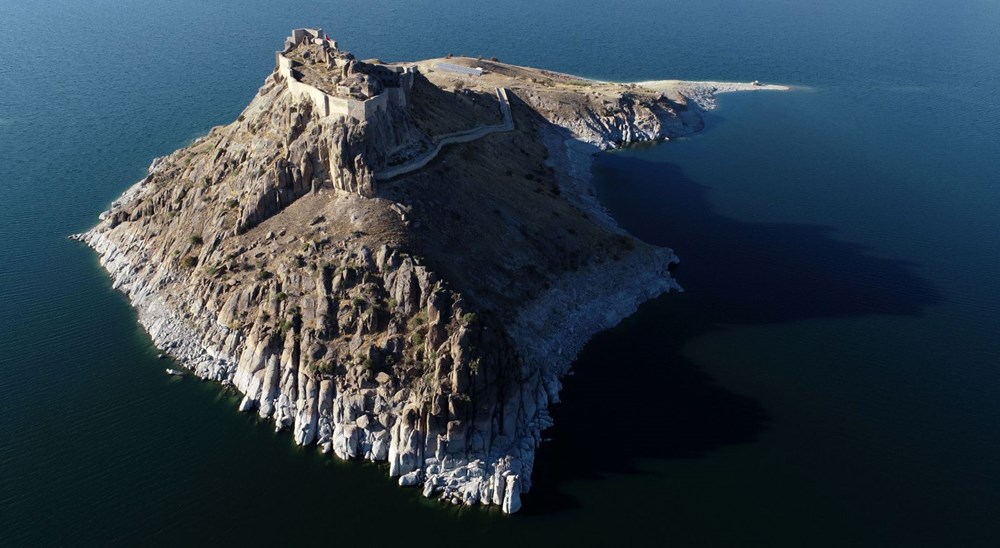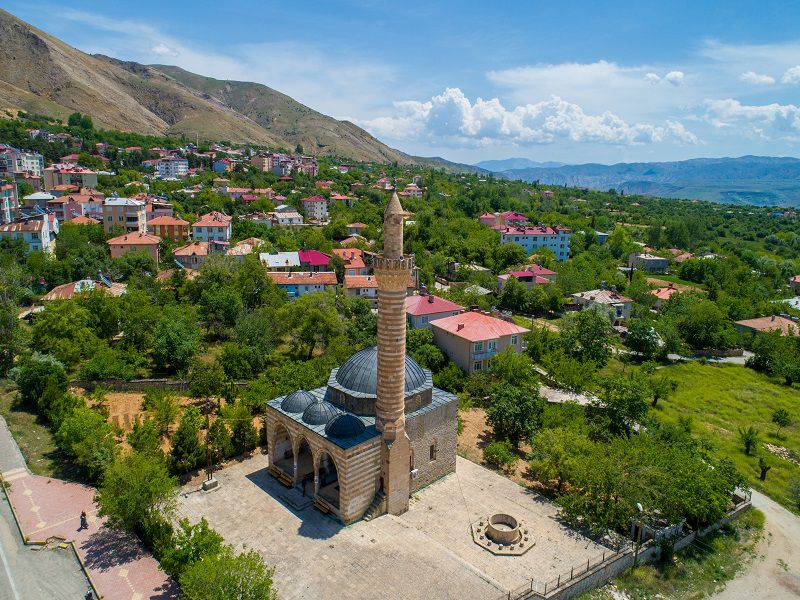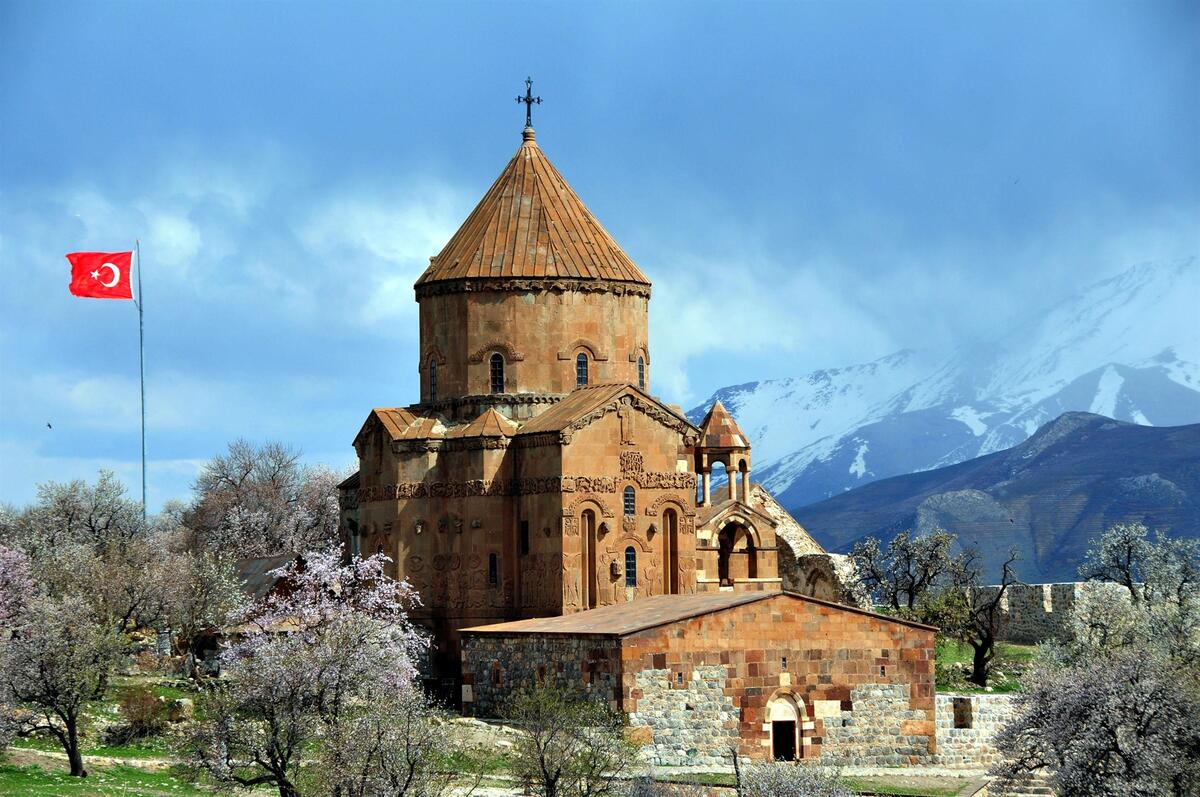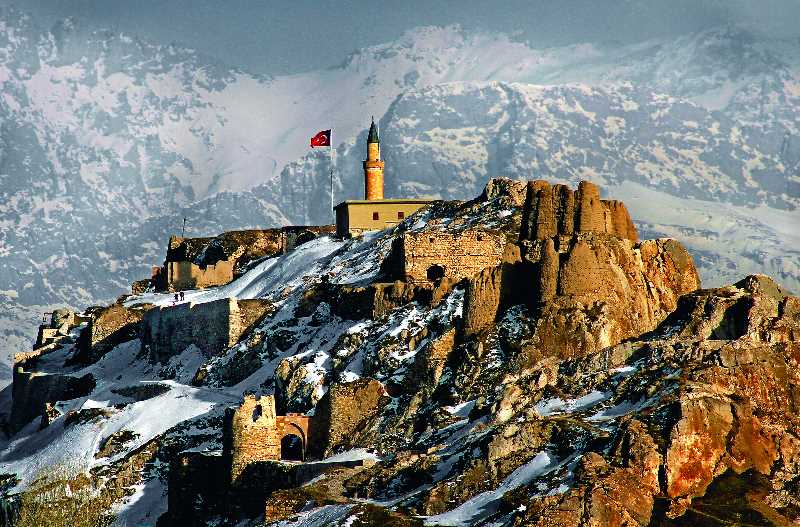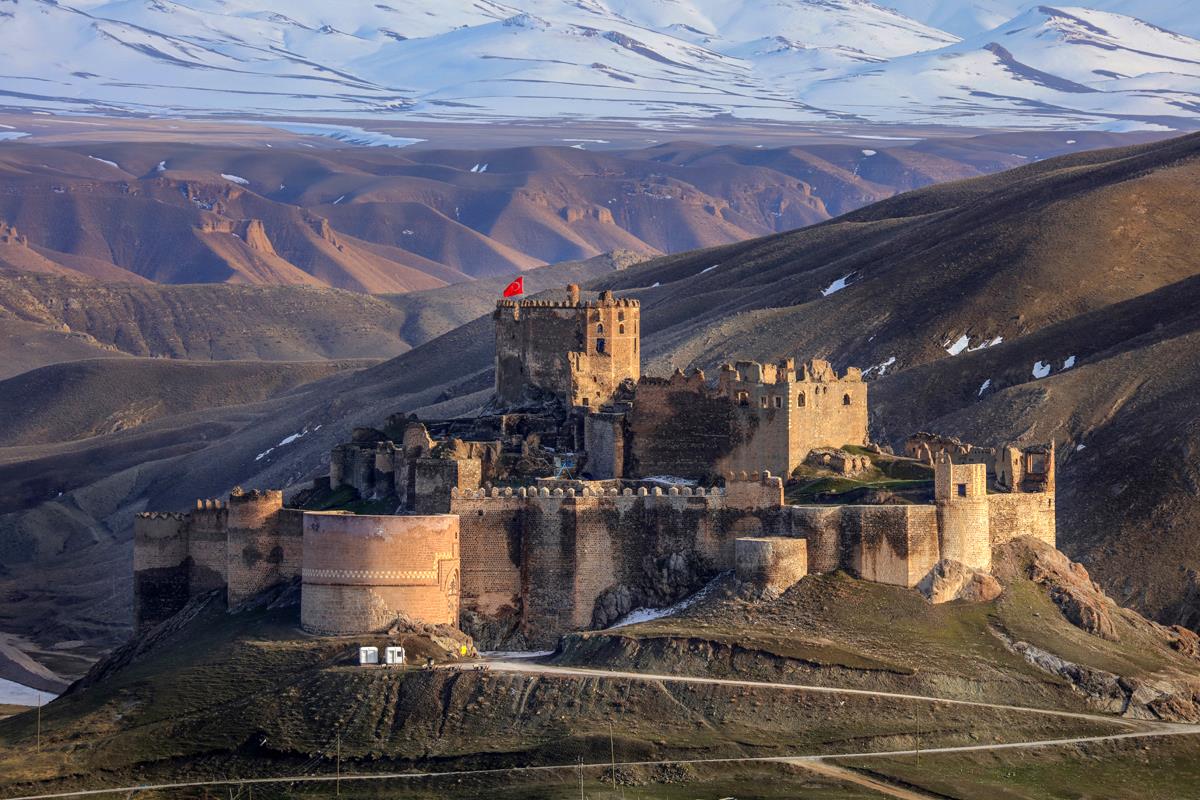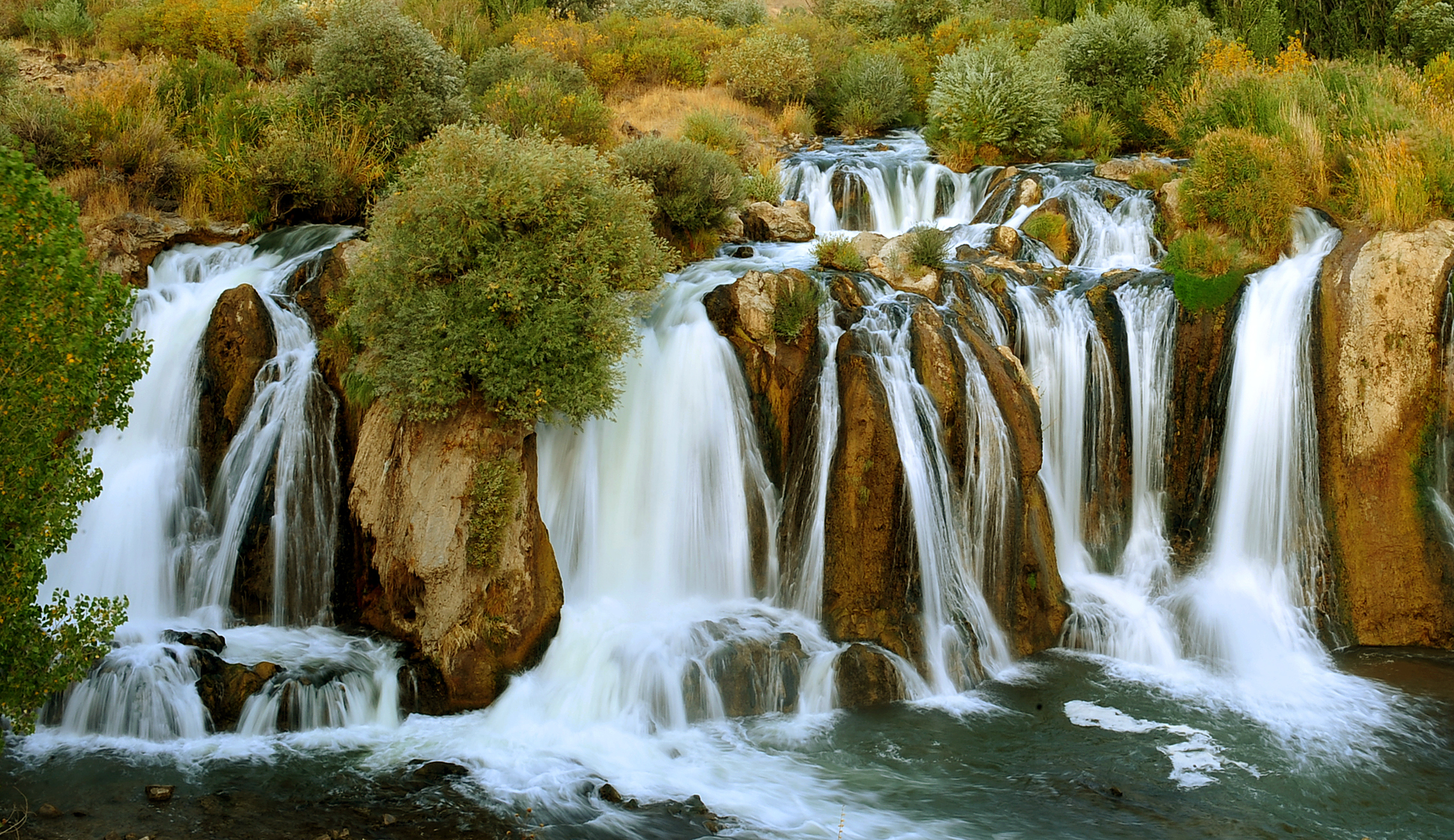Muş Center
The city of Muş is the city that is the center of the
province and gives its name. It is also the central district of Muş province.
The city of Muş is located in the west of the city of Muş. The historical core
of the city, which was established on the northeastern skirts of Çavuş
Mountain, is the surroundings of the castle. There is a height difference of
200 meters between the old and new parts of the city, which develops in
terraces towards the Muş Plain, where the station is located. Founded on the
edge of the Muş Plain, this Eastern Anatolian Region city is known for its
tulips and grapes. Urban and mostly provincial Seljuk period works; It is
identified with the Battle of Manzikert and Alparslan.
Due to climatic and geographical features, it cannot show
economic development. Industry is not developed in Muş province. When the
central villages are included, the service sector leaves its place to the
agricultural sector. The economic structure throughout the central district is
basically based on agriculture and animal husbandry, and since most of the
people live in rural areas, the population of the central district is low.
Since agriculture and animal husbandry are mostly done by traditional methods,
the yield is very low. The products grown in the Muş plain are sugar beet,
chickpeas and cereals. In addition, tobacco production is also carried out. In
the city of Muş, which has a terrestrial and harsh climate, it is planned to
develop an industry based on animal husbandry and to give importance to the
university. However, it is also on the agenda to carry out studies for the
development of animal husbandry and to get efficiency from animal husbandry.
The sugar factory is an important industrial facility in the region. In
addition to dairy products, flour, feed, nail and wire factory, carpets woven
on hand looms in rural areas contribute to the economy.
Mus tulip is an important promotional object of the city.
Muş tulip is a cultural value that pioneered the branding of Muş throughout Turkey.
Mushroom tulip blooms in late April and early May and has a short lifespan of
15 days. The festival is held in May every year. Muş grape is also a famous
product. Efforts are being made for the development of grape cultivation. Muş
region enters the halay region in terms of folk dances. Typical Eastern
Anatolian halay dances are also seen in this region.
It is possible to come across many ancient artifacts in the
city center. There is very little left from Aslanlı Han, a Seljuk structure in
Muş. The lion statue, which expresses the power of this inn, is still in the
garden of the Governor's Mansion. Next to this inn are Alaeddin Bey Fountain
and Alaeddin Bey Mosque. Alaeddin Bey Bath and Ulu Mosque and Hacışeref Mosque
are among the other old mosques. There are also important shrines in the city
center. Like Ibrahim Samidi and Sheikh Mohammed-i Moorish. Alaeddin Bey left
his mark on the city silhouette. Yıldızlı Han is located in the upper bazaar in
the city center of Muş. It is recorded that it was built in 1307. It is a work
of Seljuk period. Part of it has been destroyed.
Other cultural assets in the central district are as
follows; Dere Church, Surp Karabet Monastery, Hasbet Castle, Lentil Castle,
Muşet Castle, Alaeddin Mosque, Hacı Şeref Mosque and Fountain, Muş Grand
Mosque, İbrahim Samidi Tomb, Kesik Baş Tomb, Şeyh Halil Tomb, Şeyh Muhammed-i
Moorish Tomb, Alaeddin Bey Turkish Bath, Dere Bath, Arslanlı Inn, Yıldızlı Inn,
Alaeddin Mosque Fountain, Murat Bridge. Mercimek Castle Mound is among the
cultural assets in the Central District. Murat Bridge is on the Mus-Varto road.
It has 12 eyes and is 143 meters. The church named Surp Garapet Monastery,
located in Çengilli village, consists of 360 rooms, which are known to
symbolize the days of the year. The buildings of the Anatolian High School and
Atatürk Primary School can be given as examples of Civil Architecture. On the
other hand, Tahsin Saraç House is another example.





